En los sistemas de comunicación modernos, seleccionar el transceptor adecuado para la transmisión de datos es crucial para optimizar el rendimiento, la fiabilidad y la eficacia. Dos tipos de transceptores muy utilizados son los Transceptor Ethernet RS485 y el Transceptor de fibra óptica. Estos dispositivos tienen finalidades distintas y se adaptan a aplicaciones diferentes. Comprender las diferencias entre ellos es clave para tomar una decisión informada a la hora de diseñar o actualizar redes de comunicación. En este artículo analizaremos las diferencias entre los transceptores Ethernet RS485 y los transceptores Ethernet RS485. Transceptores de fibra ópticacentrándose en su funcionalidad, medio de transmisión, casos de uso típicos y características de rendimiento.
¿Qué es un transceptor Ethernet RS485?
En Transceptor Ethernet RS485 es un dispositivo que convierte las señales del protocolo RS485 en señales Ethernet, lo que permite la comunicación a través de redes de área local (LAN) o Internet. RS485 es un estándar de señal diferencial utilizado habitualmente en aplicaciones de automatización industrial y monitorización remota, sobre todo cuando se necesita una comunicación de larga distancia y bajo ancho de banda. Los transceptores Ethernet RS485 tienden un puente entre los dispositivos tradicionales basados en RS485, como controladores lógicos programables (PLC), sensores y sistemas de adquisición de datos, y las redes Ethernet.
¿Qué es un transceptor de fibra óptica?
A transceptor de fibra ópticaEl transceptor de fibra óptica, por su parte, convierte las señales eléctricas en señales ópticas, lo que permite transmitir datos a través de cables de fibra óptica. La tecnología de fibra óptica es conocida por su capacidad para transmitir datos a largas distancias con una pérdida mínima de la integridad de la señal, lo que convierte a los transceptores de fibra óptica en una opción ideal para la comunicación de alta velocidad a larga distancia. Los transceptores de fibra óptica se utilizan habitualmente en telecomunicaciones, centros de datos y entornos de redes a gran escala en los que se requiere un gran ancho de banda y una transmisión robusta.
Principales diferencias entre los transceptores RS485 Ethernet y de fibra óptica
1. Medio de transmisión
La principal diferencia entre estos dos tipos de transceptores radica en el medio de transmisión que utilizan.
- Transceptor Ethernet RS485: Utiliza Ethernet (cables de cobre o redes inalámbricas) como medio de transmisión y aprovecha el protocolo RS485 para la comunicación. RS485 es un estándar de señalización diferencial ideal para la comunicación a larga distancia en entornos con mucho ruido eléctrico.
- Transceptor de fibra óptica: Utiliza fibras ópticas como medio de transmisión, transmitiendo los datos en forma de impulsos luminosos. La fibra óptica ofrece importantes ventajas sobre los cables de cobre, como mayores distancias de transmisión e inmunidad a las interferencias electromagnéticas (EMI).
2. Distancia y velocidad de transmisión
La distancia y la velocidad a la que se pueden transmitir los datos son factores críticos a la hora de elegir entre un transceptor Ethernet RS485 y un transceptor de fibra óptica.
- Transceptor Ethernet RS485: Normalmente admite distancias de comunicación de hasta varios kilómetros (de 1 a 3 kilómetros o unos 3000 pies), dependiendo de factores como la calidad del cable, la intensidad de la señal y el entorno. Las velocidades de transmisión de datos suelen ser más bajas, entre 10 kbps y 10 Mbps, por lo que el RS485 es ideal para aplicaciones con poco ancho de banda, como controles industriales y monitorización remota.
- Transceptor de fibra óptica: Los transceptores de fibra óptica admiten distancias mucho mayores, que a menudo superan los 100 kilómetros (unas 62 millas) sin pérdida significativa de señal. Además, admiten mayores velocidades de transmisión de datos, desde cientos de Mbps hasta varios Gbps, según el tipo de fibra y el equipo utilizado. Esto hace que la fibra óptica sea adecuada para aplicaciones de gran ancho de banda, como la transferencia de datos a gran escala, las telecomunicaciones y la computación en nube.
3. Aplicaciones y casos prácticos
Las diferentes características de transmisión de los transceptores Ethernet RS485 y los transceptores de fibra óptica los hacen adecuados para aplicaciones distintas:
- Aplicaciones del transceptor Ethernet RS485:
Los transceptores Ethernet RS485 se utilizan habitualmente en la automatización industrial, la supervisión remota y los sistemas de control. Por ejemplo, en una fábrica, las máquinas, los sensores y los PLC pueden comunicarse mediante RS485. Al integrar transceptores Ethernet RS485, estos dispositivos pueden conectarse a una red centralizada, lo que permite el control remoto, la supervisión y la recopilación de datos desde una plataforma centralizada. Esto resulta especialmente beneficioso en entornos en los que el espacio, la complejidad del cableado o las limitaciones de costes hacen que los métodos de comunicación tradicionales resulten poco prácticos. Ejemplo: En una planta de fabricación, una red de sensores y actuadores se comunica a través de RS485. Mediante el uso de transceptores Ethernet RS485, el sistema de gestión de la producción de la fábrica puede supervisar y controlar la maquinaria a distancia, garantizando la eficiencia operativa y minimizando el tiempo de inactividad. - Aplicaciones del transceptor de fibra óptica:
Los transceptores de fibra óptica destacan en situaciones en las que es necesaria la transferencia de datos a alta velocidad y la comunicación a larga distancia. Se utilizan habitualmente en infraestructuras de telecomunicaciones, centros de datos y redes de grandes empresas. Los cables de fibra óptica son inmunes a las interferencias electromagnéticas, lo que garantiza una transmisión de datos fiable incluso en entornos ruidosos. Además, se utilizan en aplicaciones como sistemas de videovigilancia, redes de ciudades inteligentes y conexiones troncales de Internet a gran escala. Ejemplo: Un centro de datos que conecta servidores de distintas ubicaciones geográficas utiliza transceptores de fibra óptica para transferir grandes volúmenes de datos a alta velocidad a través de largas distancias. Esto permite el funcionamiento eficiente de servicios de computación en nube y soluciones globales de almacenamiento de datos.
4. Consideraciones económicas
El coste es otro factor importante a la hora de elegir entre estos dos tipos de transceptores:
- Transceptor Ethernet RS485: Los transceptores Ethernet RS485 suelen ser más económicos que las soluciones de fibra óptica. Dado que utilizan cables de cobre y componentes más sencillos, son adecuados para aplicaciones en las que existen limitaciones presupuestarias o en las que los requisitos de distancia de comunicación y ancho de banda son relativamente bajos.
- Transceptor de fibra óptica: Los transceptores de fibra óptica suelen ser más caros debido al coste de las fibras ópticas y los componentes asociados, como los módulos láser y los receptores ópticos. Sin embargo, para redes a gran escala, aplicaciones de alta velocidad y comunicaciones a larga distancia, el coste suele estar justificado por el rendimiento y la escalabilidad de la fibra óptica.
5. Fiabilidad e inmunidad al ruido
Otra consideración importante al comparar estos transceptores es su fiabilidad en diversos entornos:
- Transceptor Ethernet RS485: RS485 es conocido por su robustez en entornos con mucho ruido eléctrico, como fábricas y emplazamientos industriales. La señalización diferencial utilizada en RS485 ayuda a eliminar el ruido en modo común, lo que garantiza una comunicación estable a largas distancias.
- Transceptor de fibra óptica: Los transceptores de fibra óptica son inmunes a las interferencias electromagnéticas (EMI), lo que los hace ideales para entornos en los que el ruido eléctrico podría interrumpir la transmisión de datos. Esto convierte a la fibra óptica en una opción excelente para redes de telecomunicaciones, equipos médicos y entornos informáticos de alto rendimiento.
Resumen: Elegir el transceptor adecuado
En conclusión, la elección entre transceptores Ethernet RS485 y transceptores de fibra óptica depende de sus necesidades específicas en términos de distancia, velocidad, aplicacióny coste:
- Transceptor Ethernet RS485: Ideal para automatización industrial, monitorización remota y entornos con ruido eléctrico. Más adecuado para aplicaciones de ancho de banda bajo a moderado en distancias cortas (hasta unos pocos kilómetros).
- Transceptor de fibra óptica: La mejor solución para comunicaciones de gran ancho de banda y larga distancia en las que se requiere una transferencia de datos de alta velocidad. Es la solución ideal para redes a gran escala, centros de datos e infraestructuras de telecomunicaciones.
| Característica | Convertidor Ethernet RS485 | Convertidor de fibra óptica |
|---|---|---|
| Medio de transmisión | Ethernet | Fibra óptica |
| Solicitud | Automatización industrial, control de edificios, supervisión remota de dispositivos, etc. | Centros de datos, Internet de alta velocidad, redes de comunicación de larga distancia |
| Distancia de transmisión | <=100 metros | De varios kilómetros a cientos de kilómetros |
| Velocidad de transmisión | Poco ancho de banda, entre decenas de kbps y unos pocos Mbps | Gran ancho de banda, desde cientos de Mbps hasta varios Gbps |
| Interferencias electromagnéticas | Funciona bien en entornos ruidosos | Inmune a las interferencias electromagnéticas |
Al conocer las diferencias fundamentales y los casos de uso de cada tipo de transceptor, las empresas y los ingenieros pueden seleccionar la tecnología más adecuada para sus necesidades de red, garantizando un rendimiento y una eficacia óptimos en sus sistemas de comunicación.



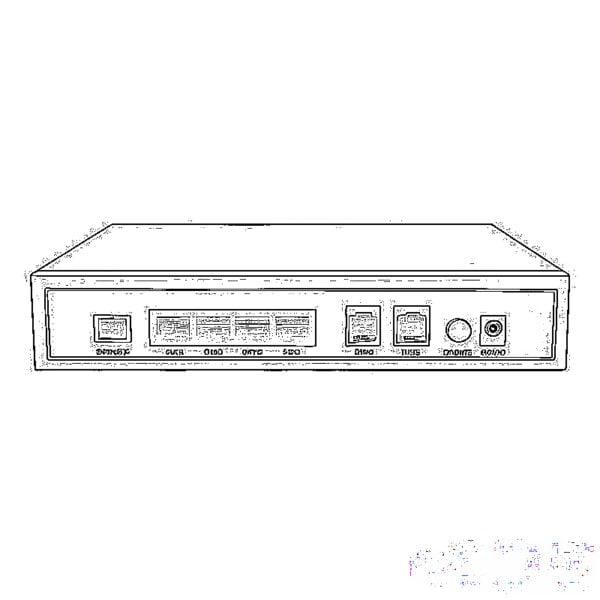
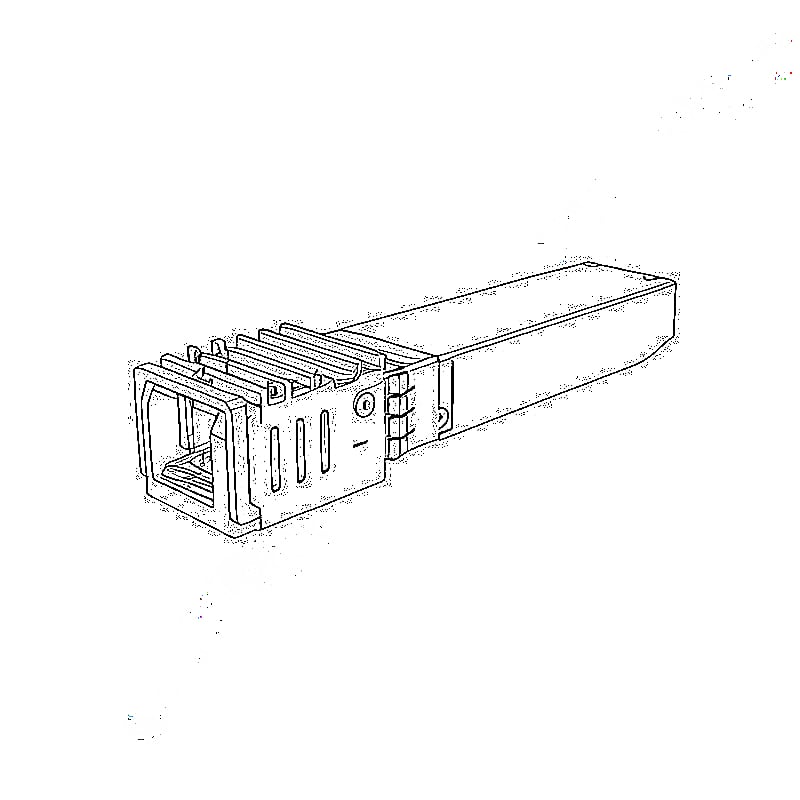
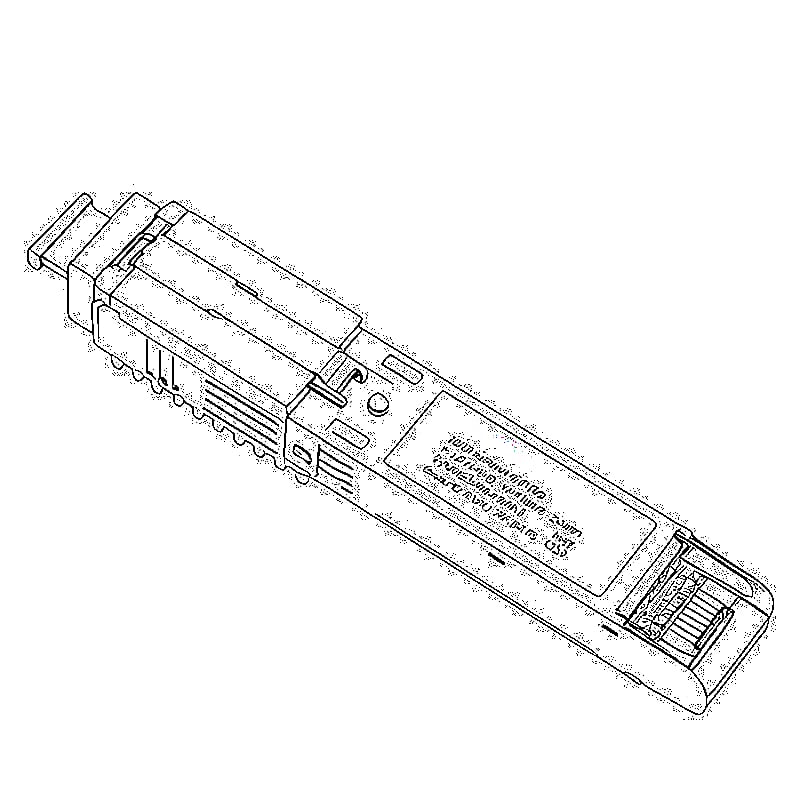
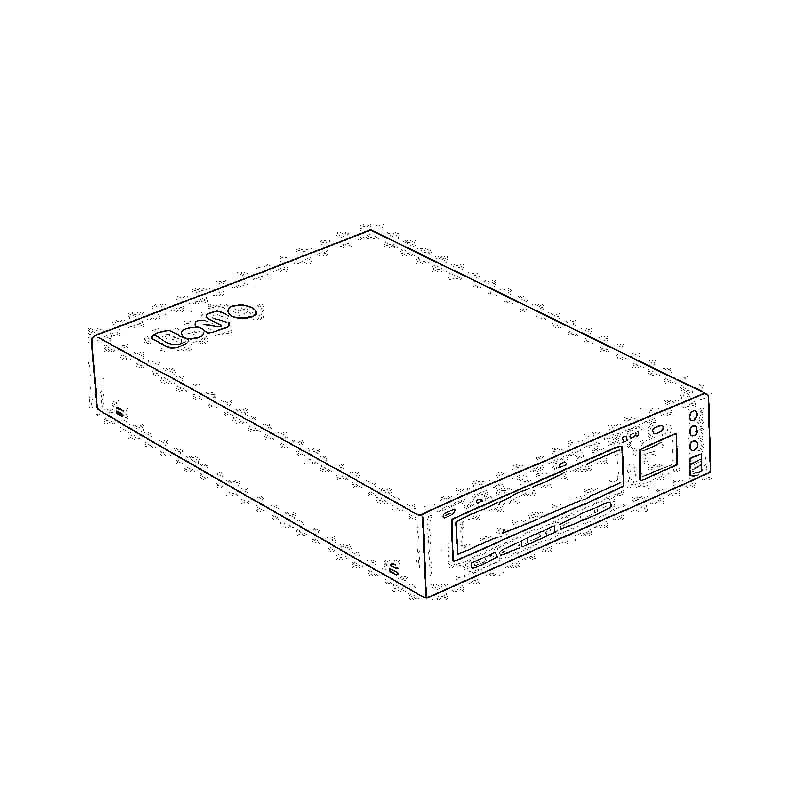
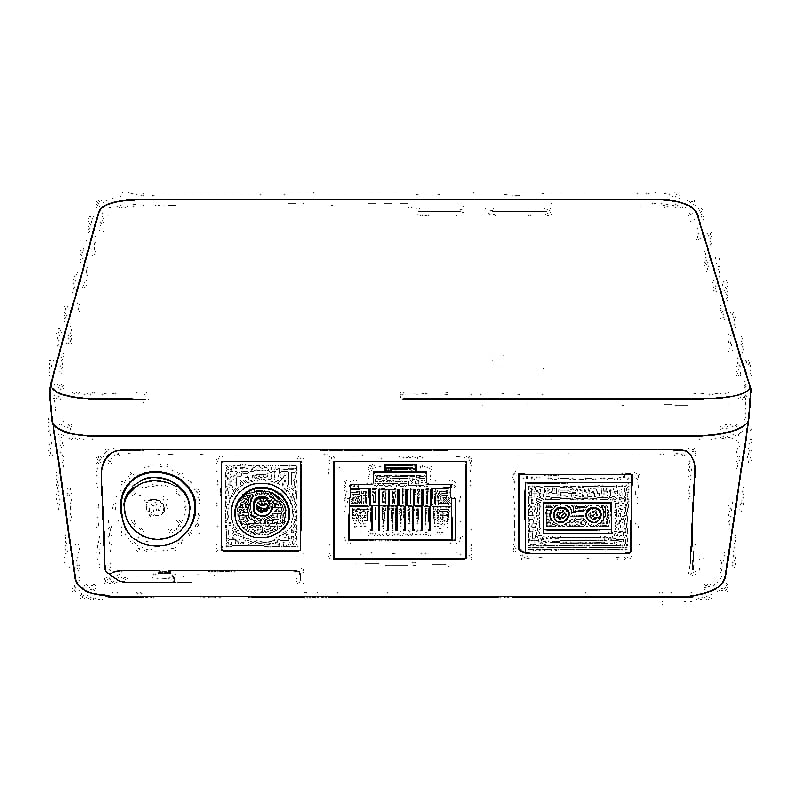
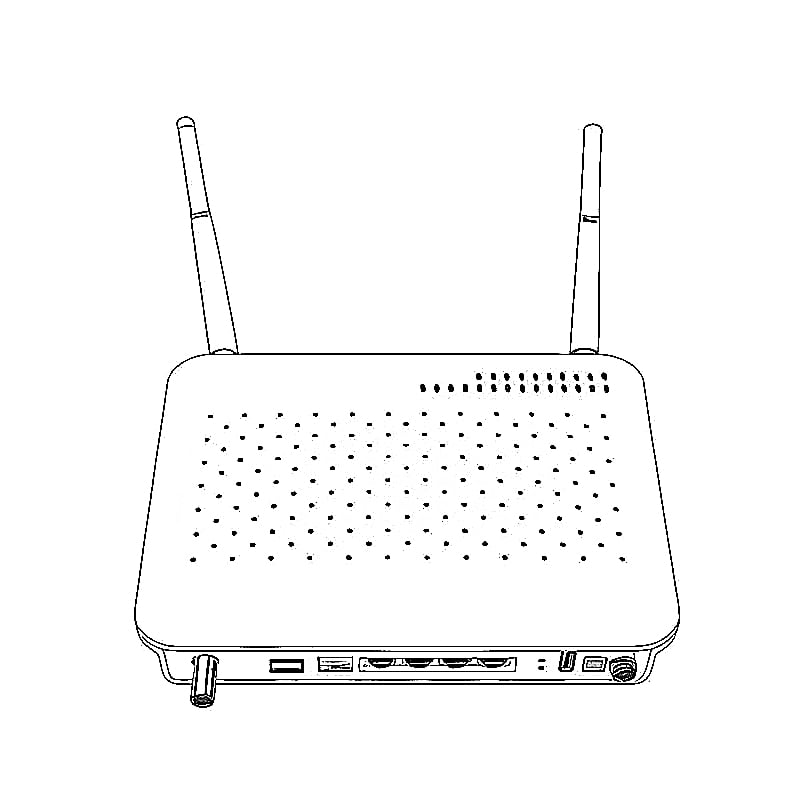
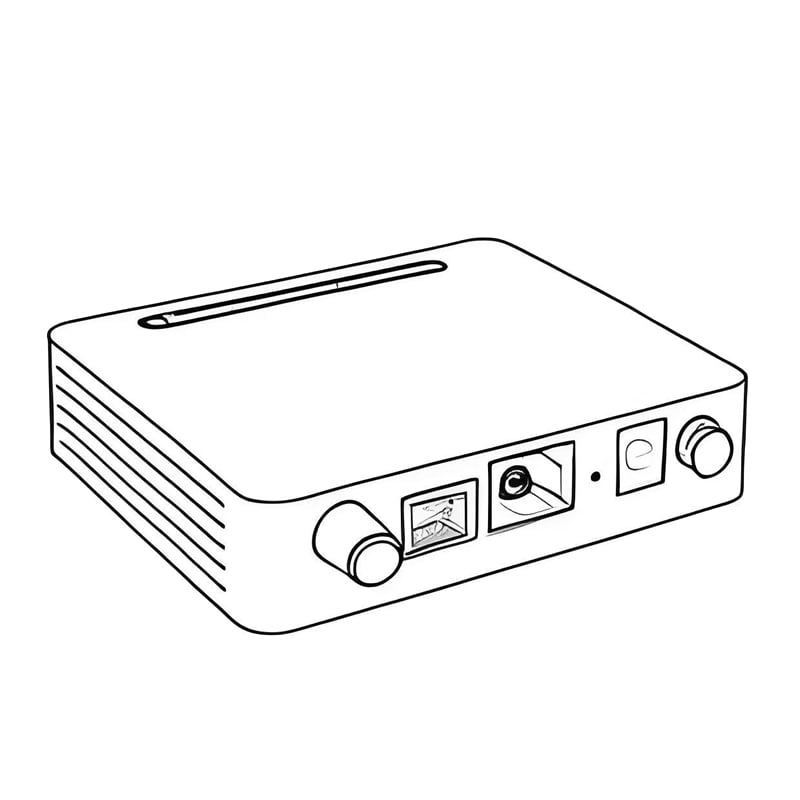
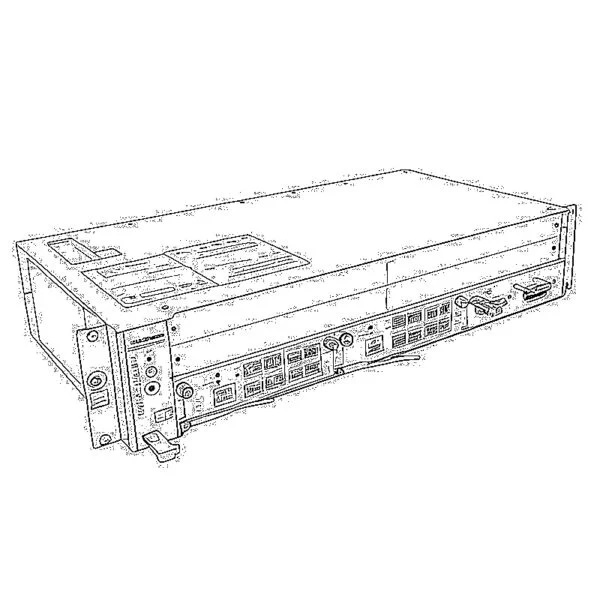
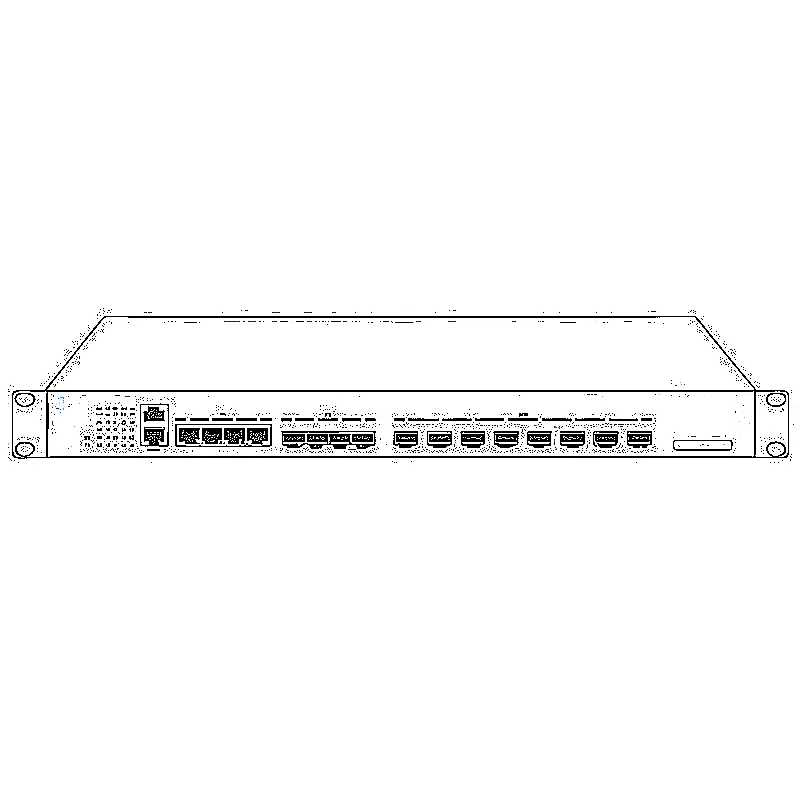
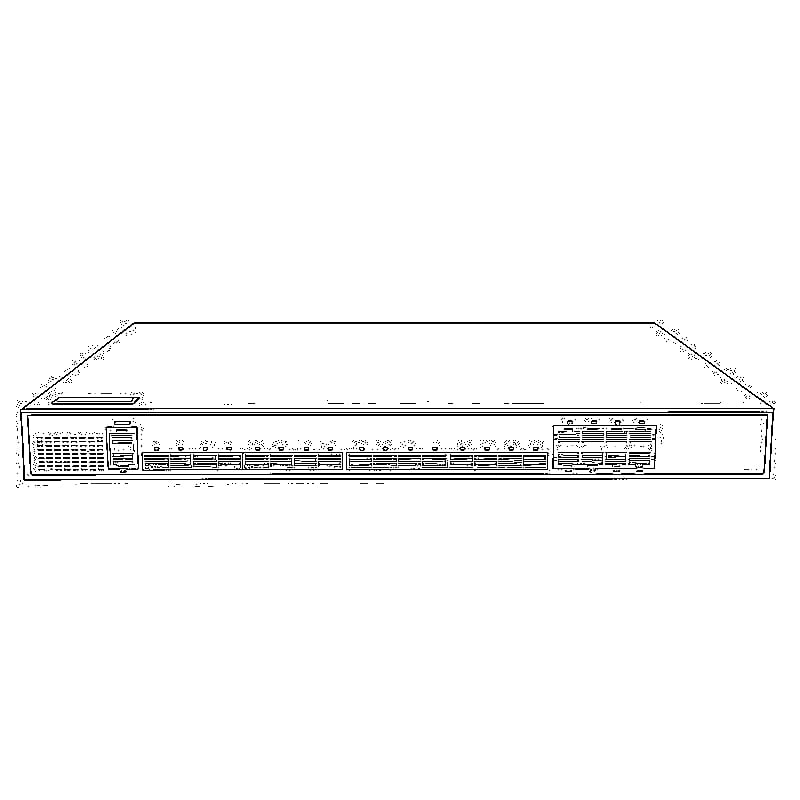
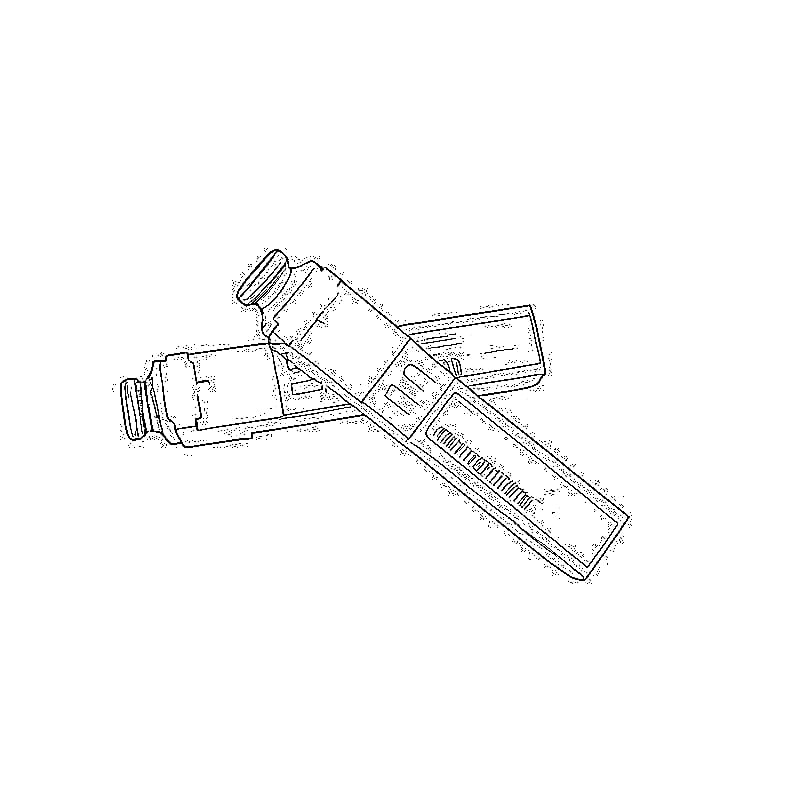
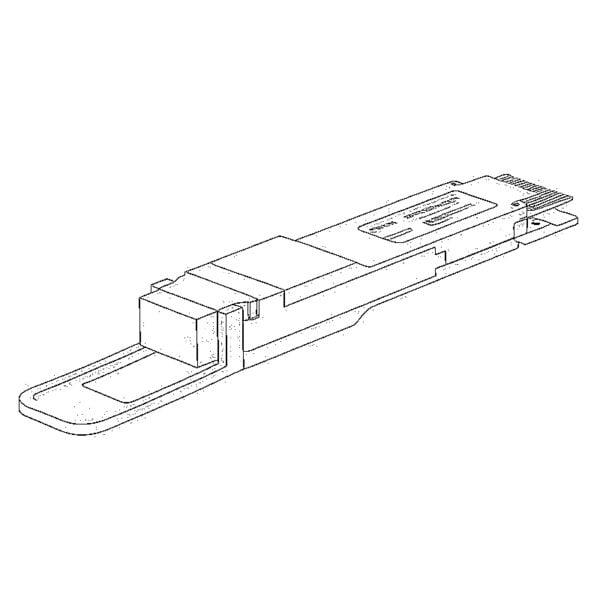
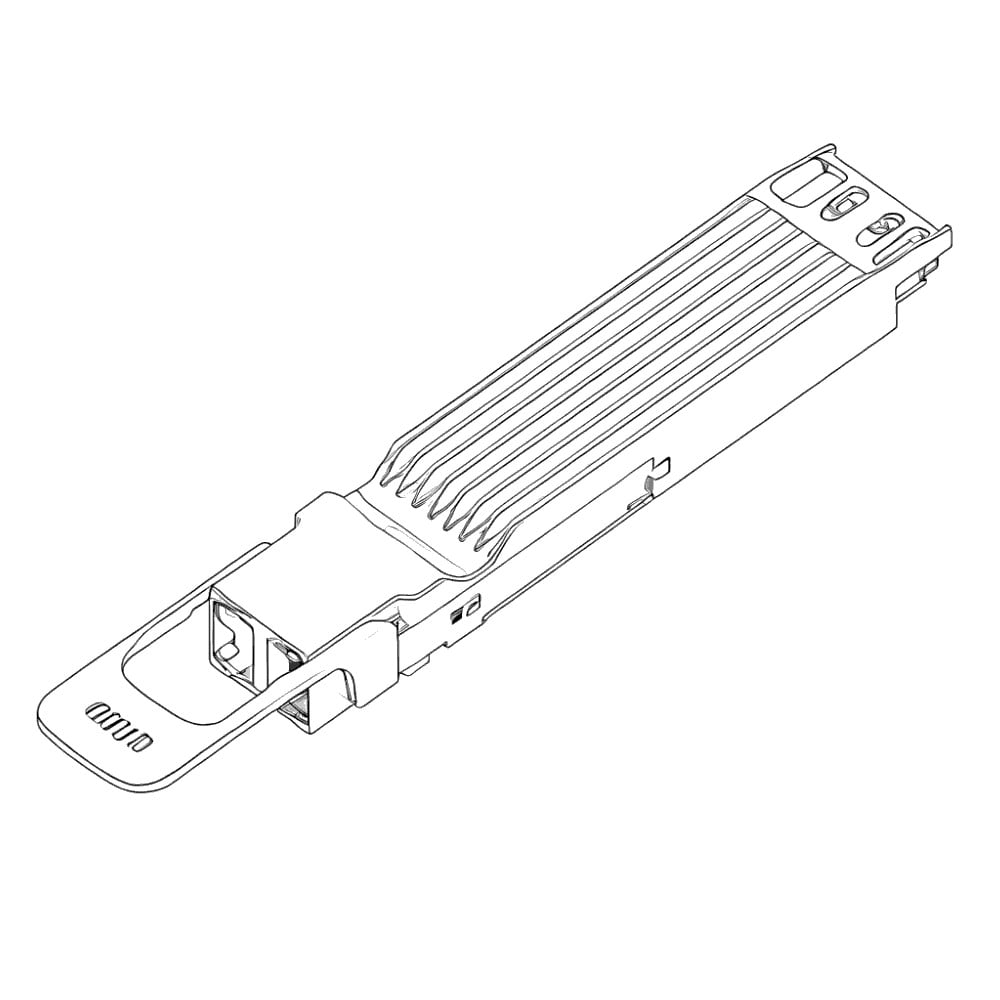
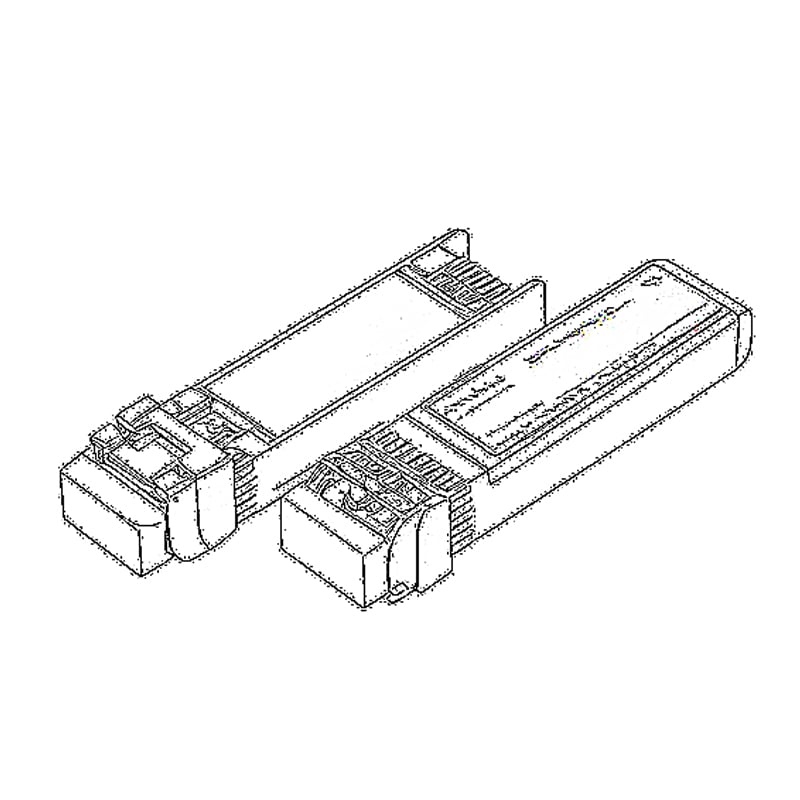
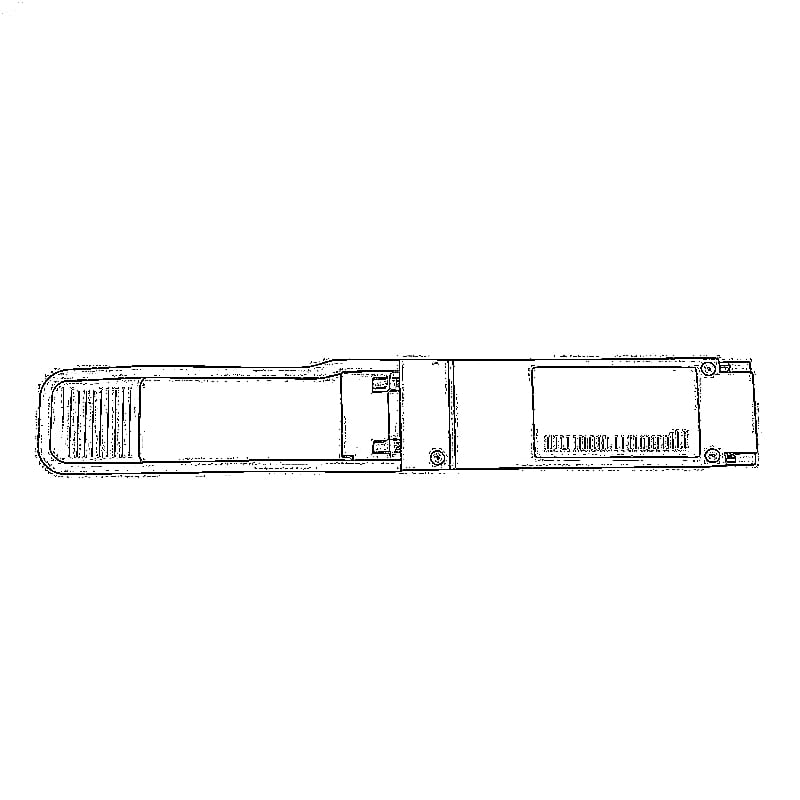
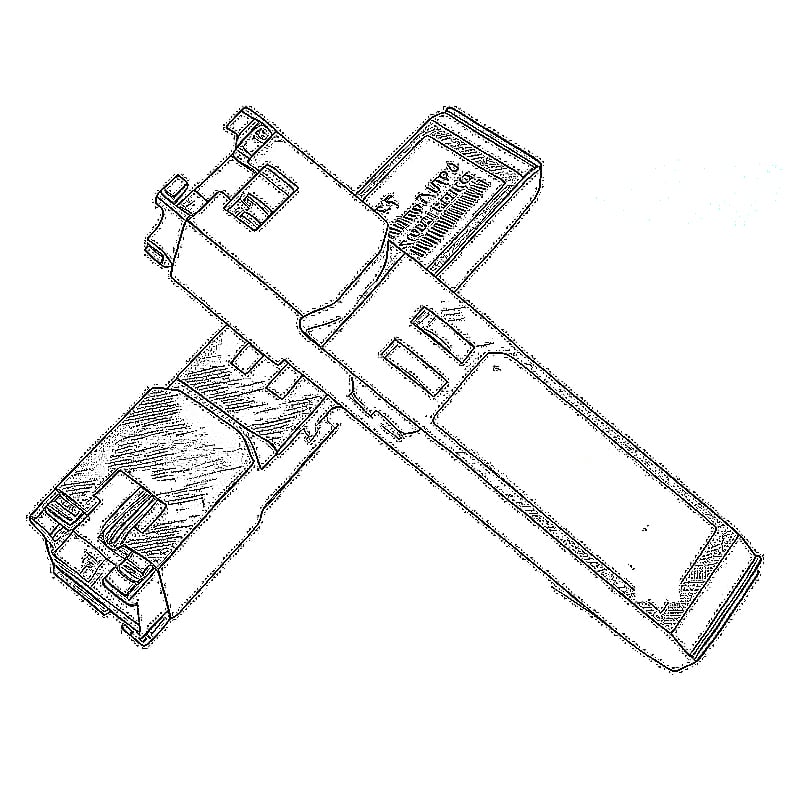
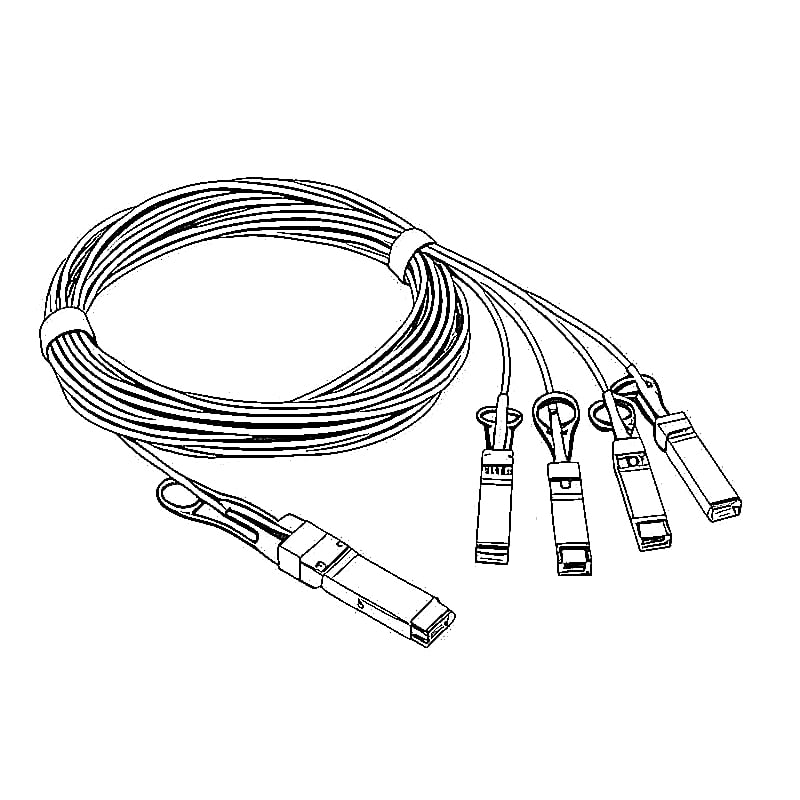
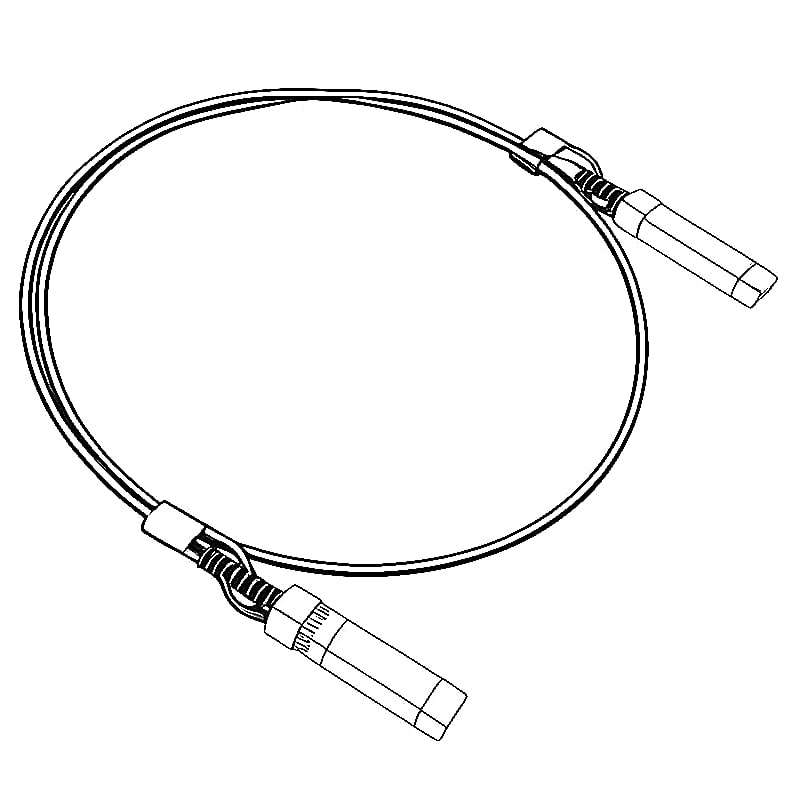
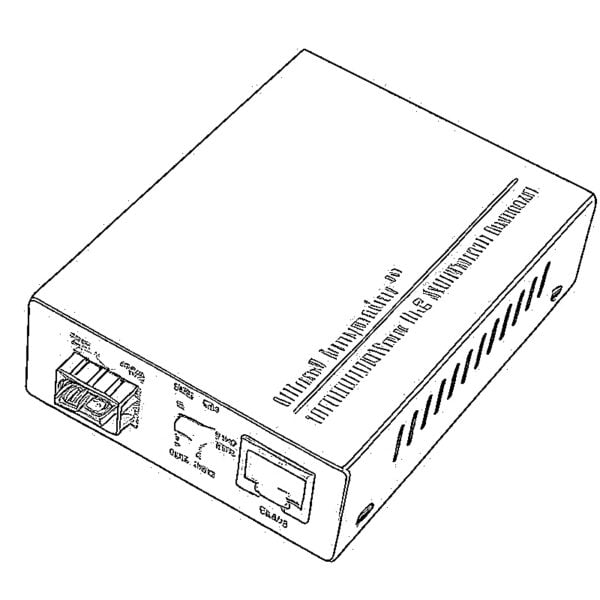
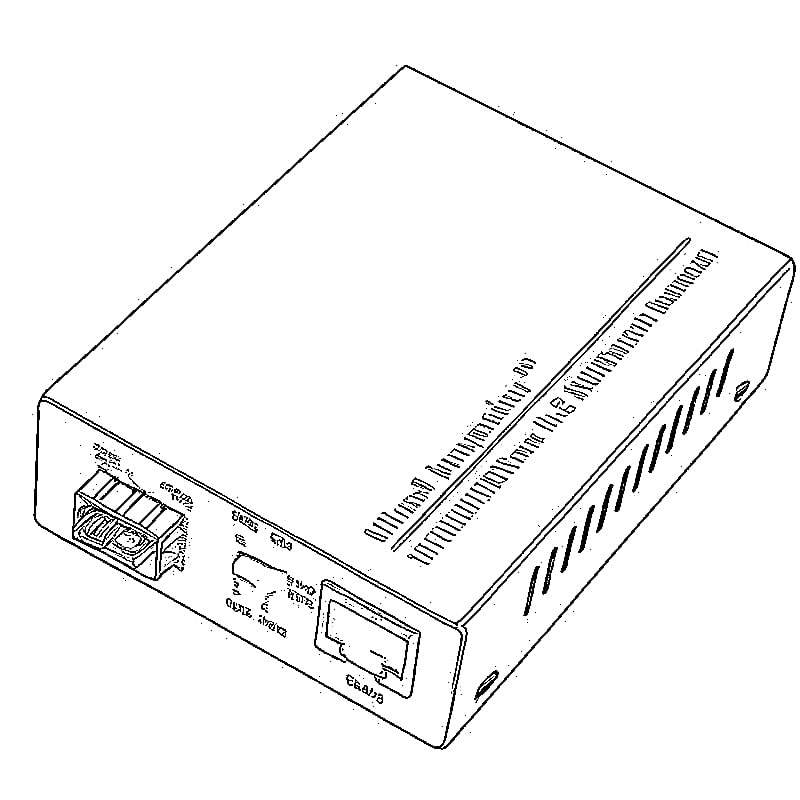
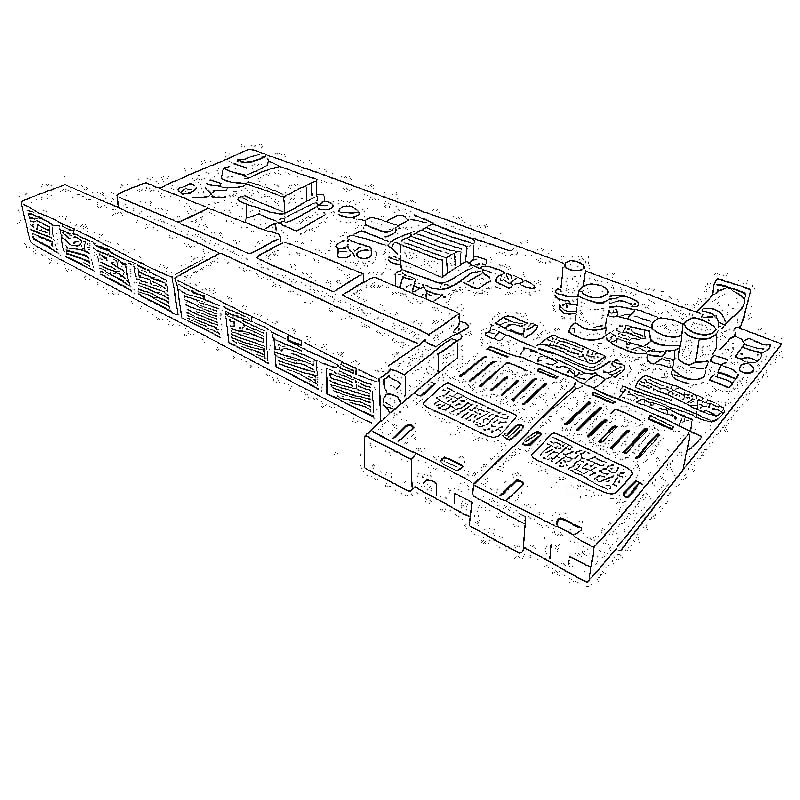
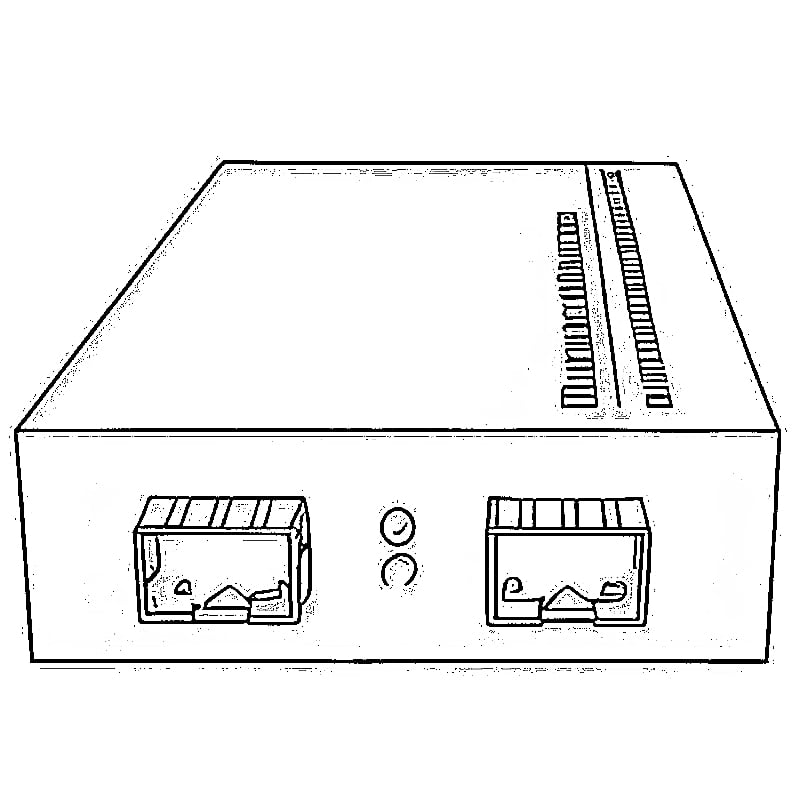
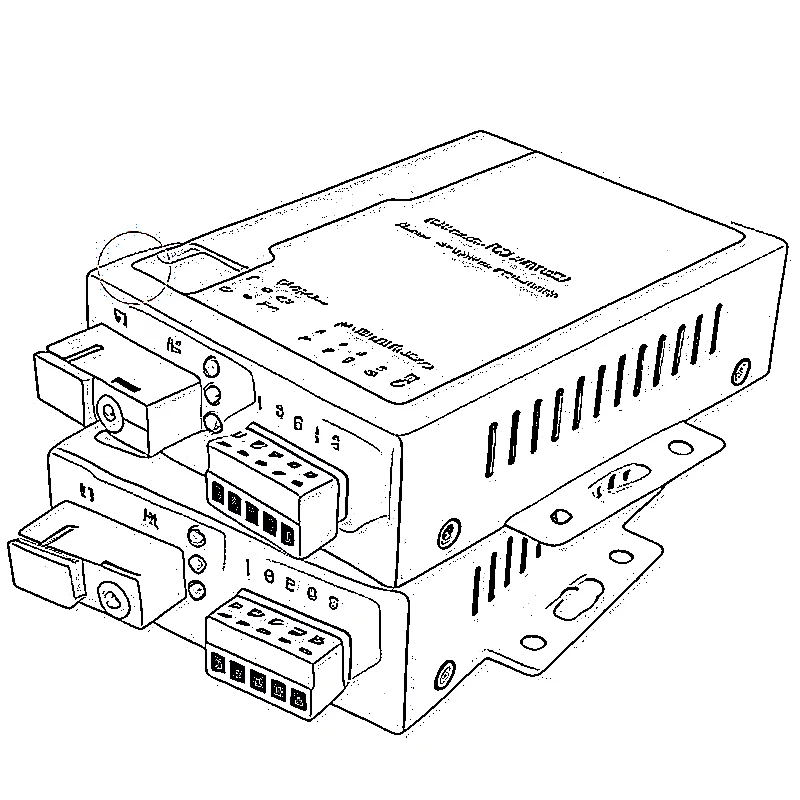
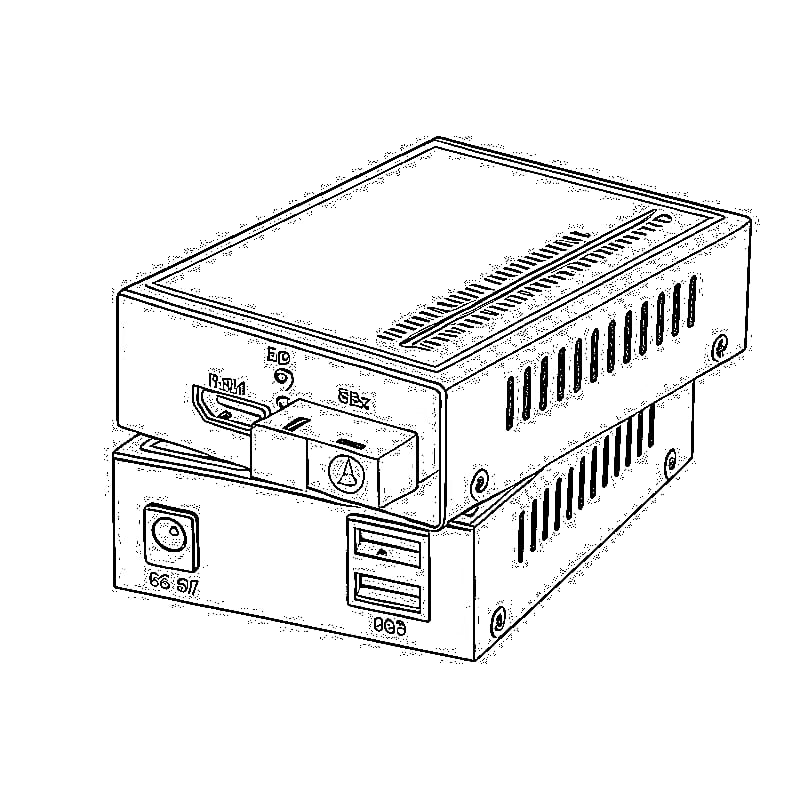
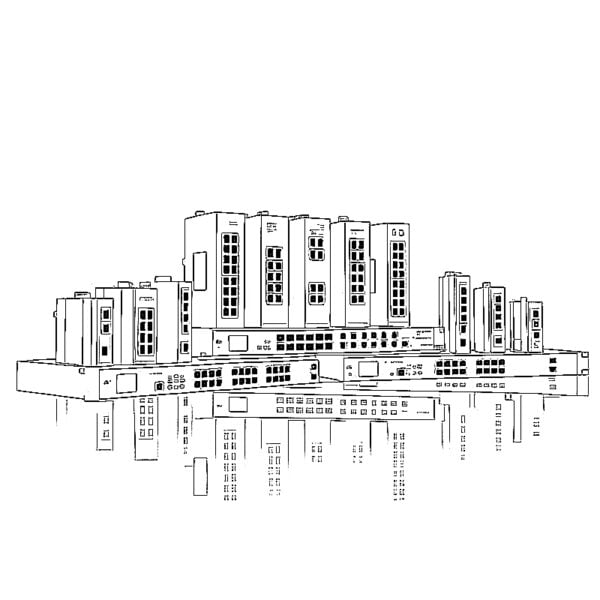
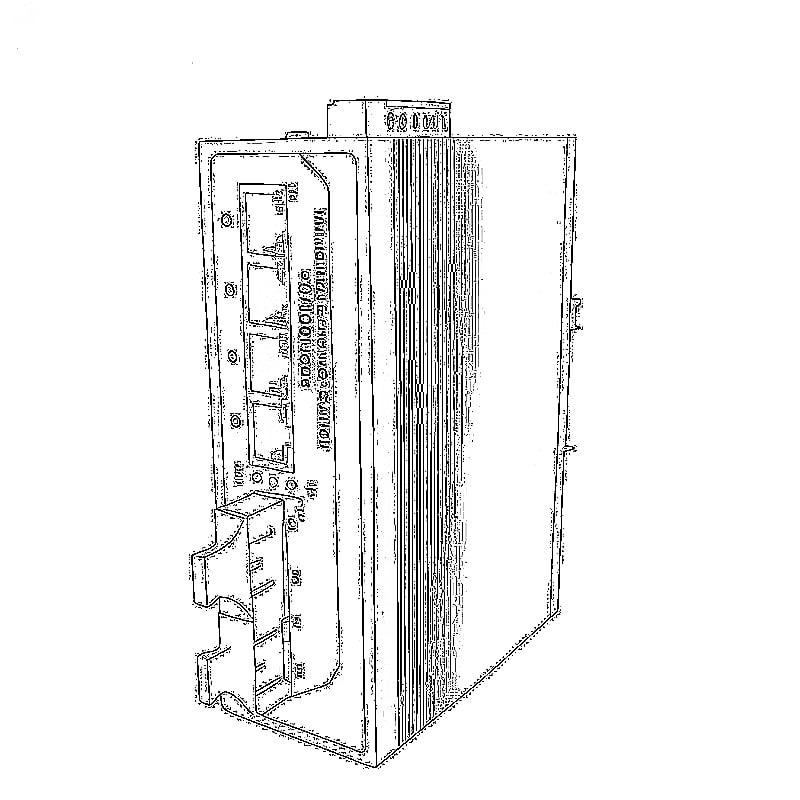
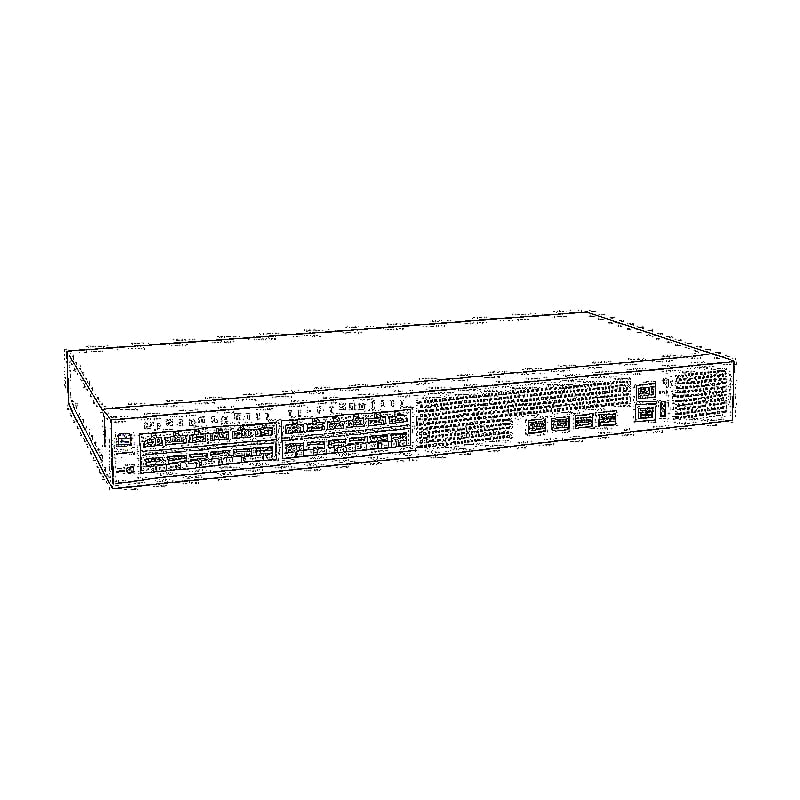
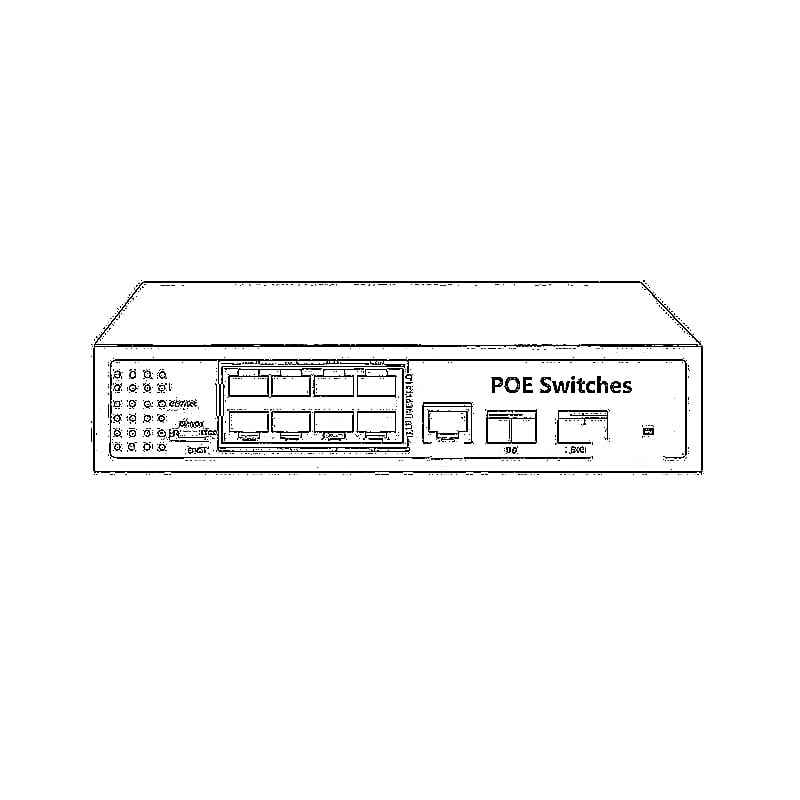
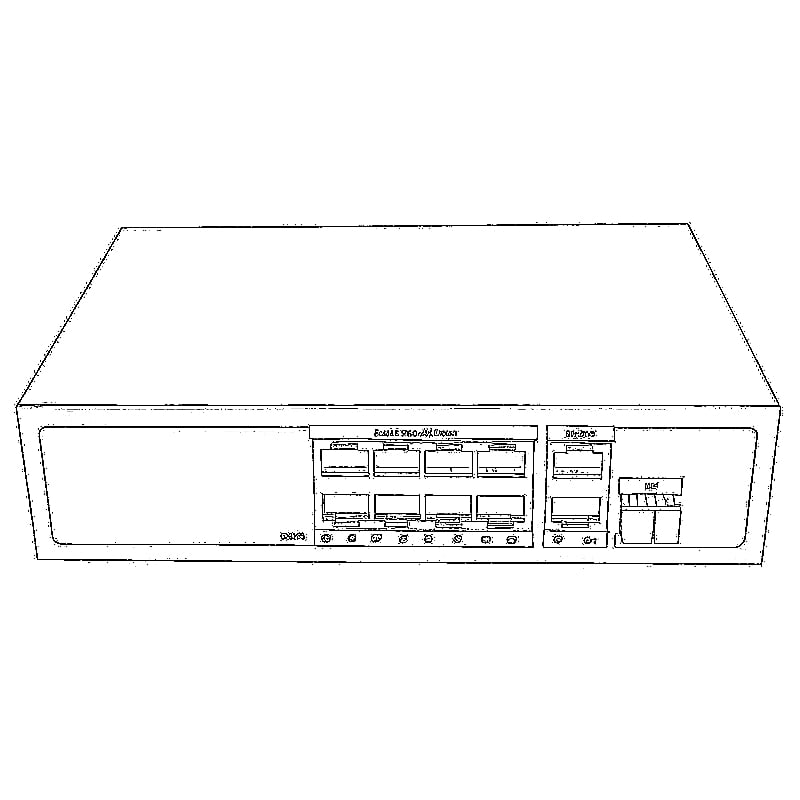
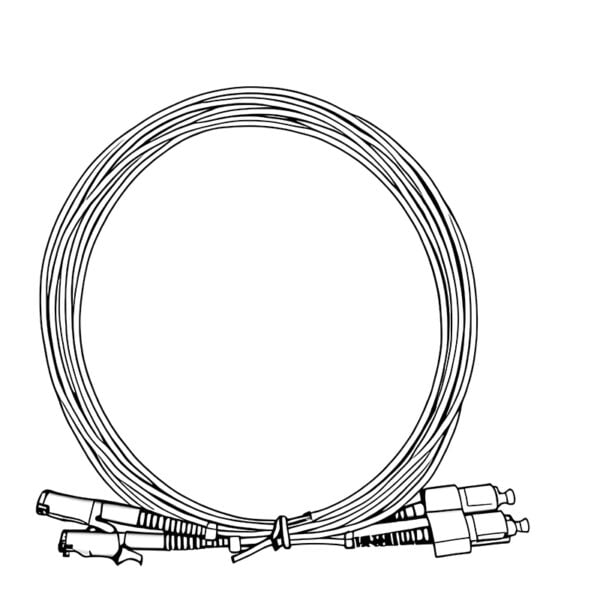
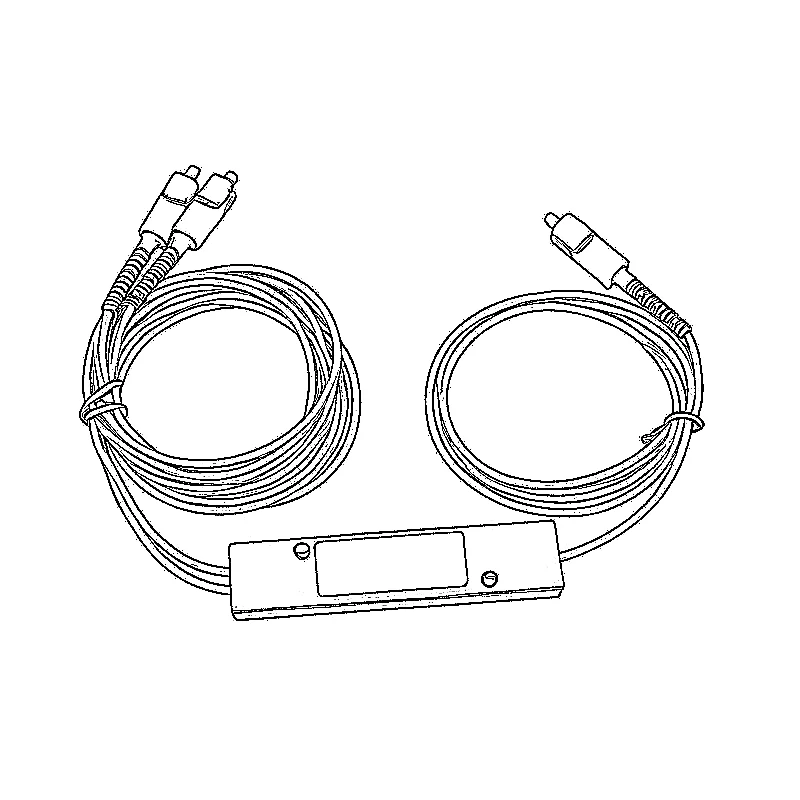
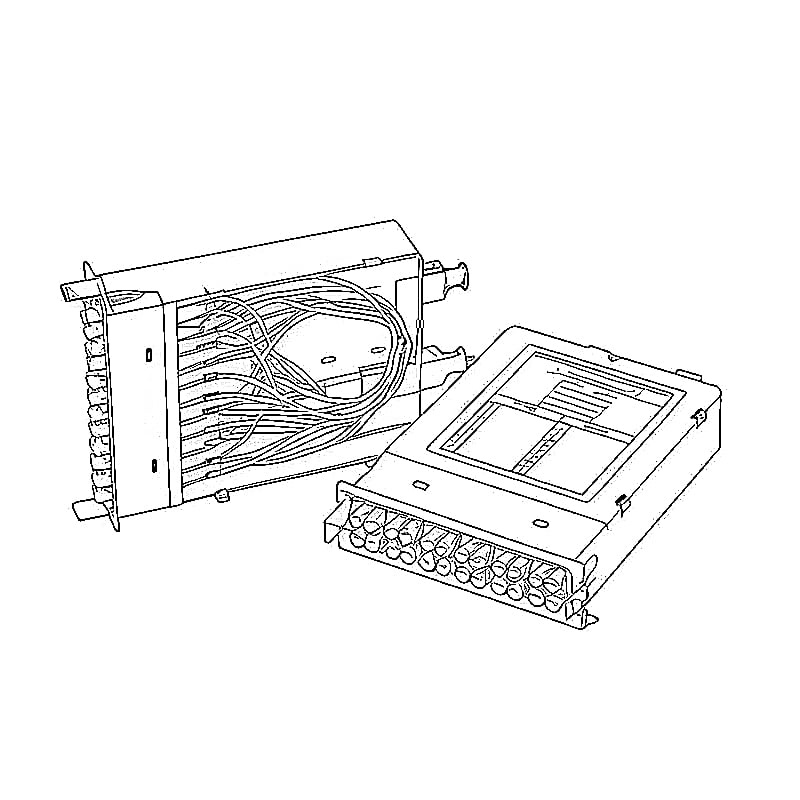
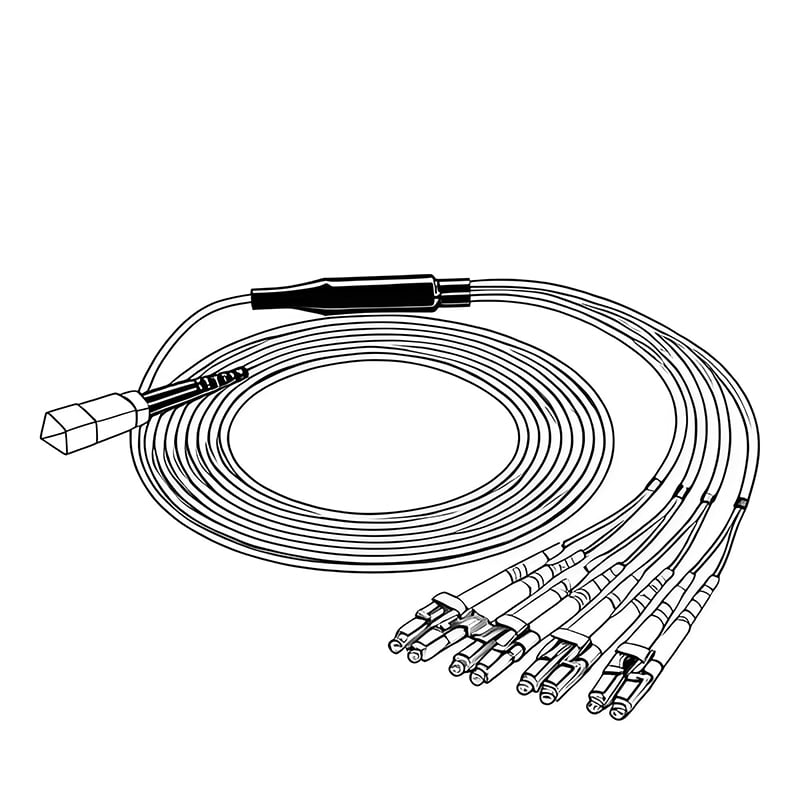
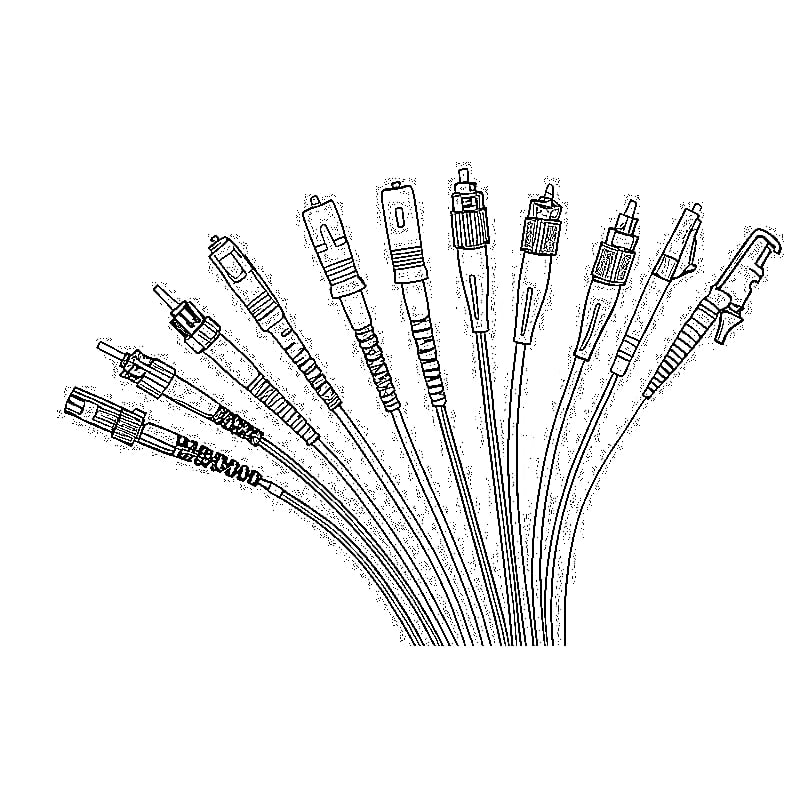
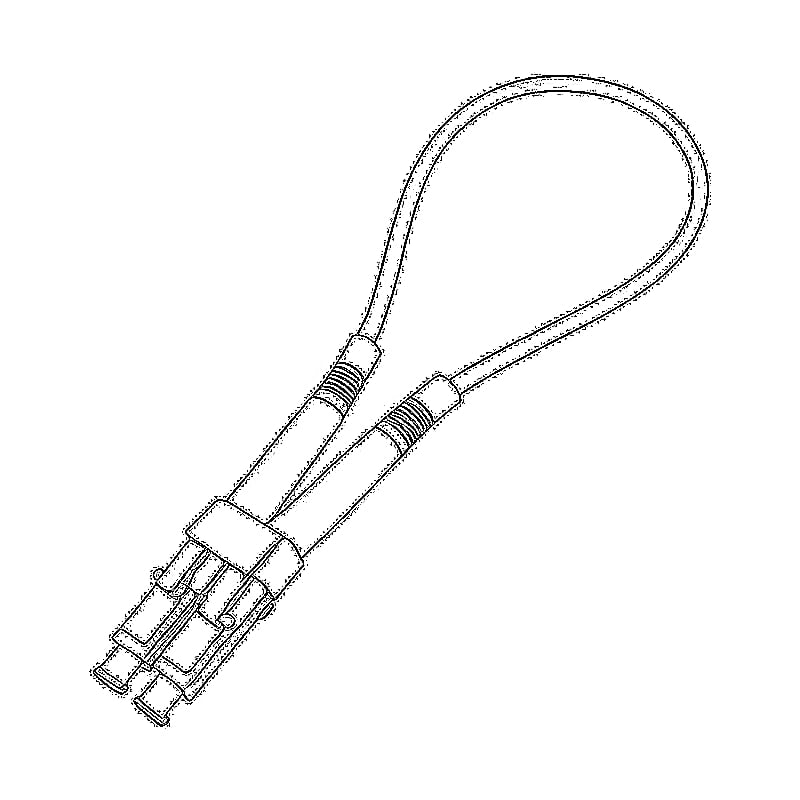
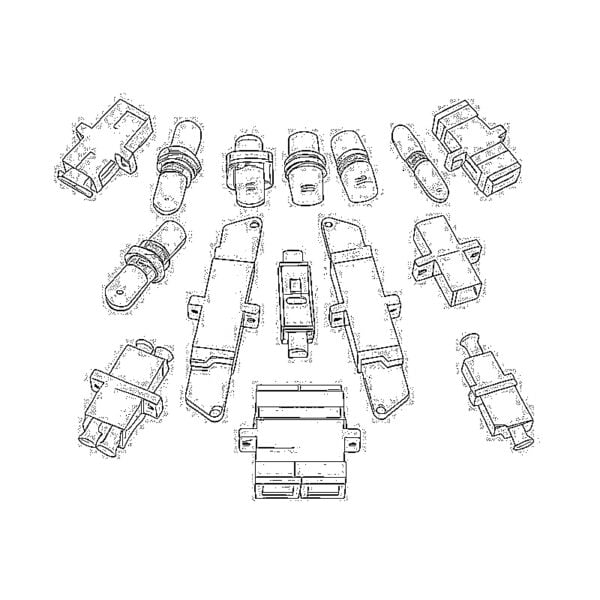
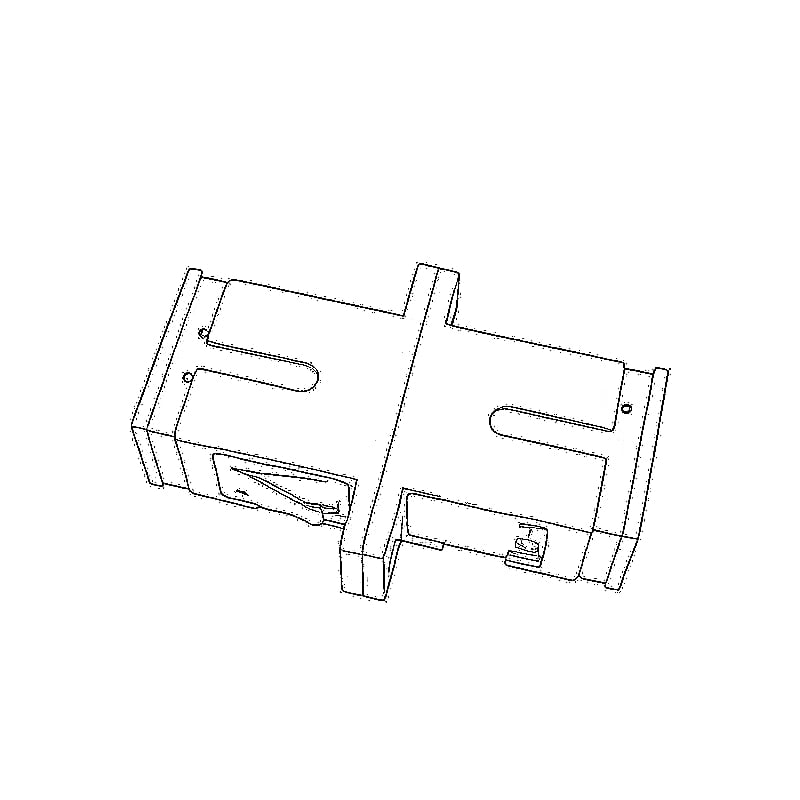
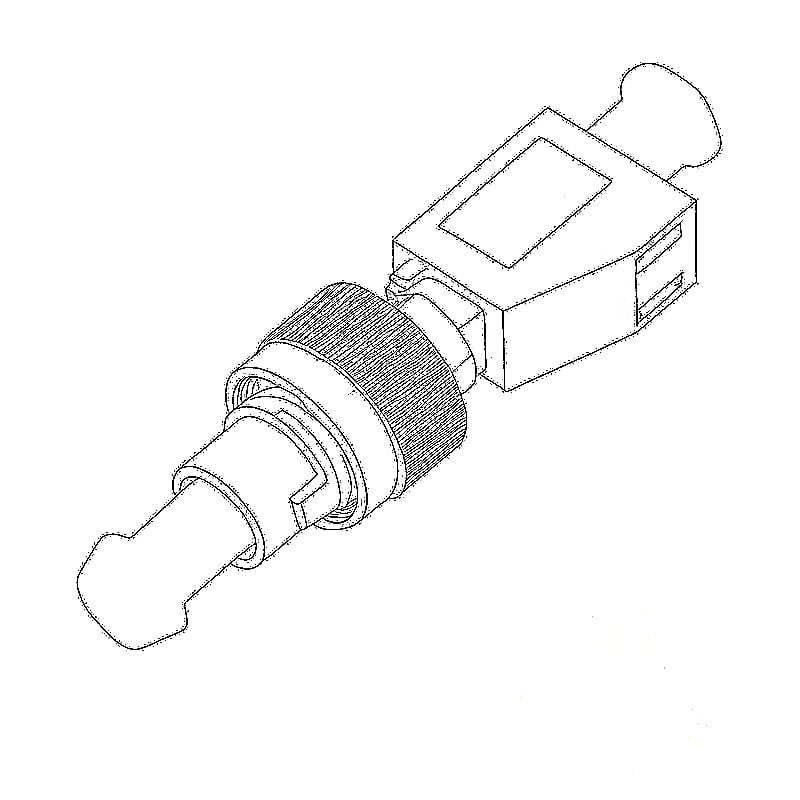
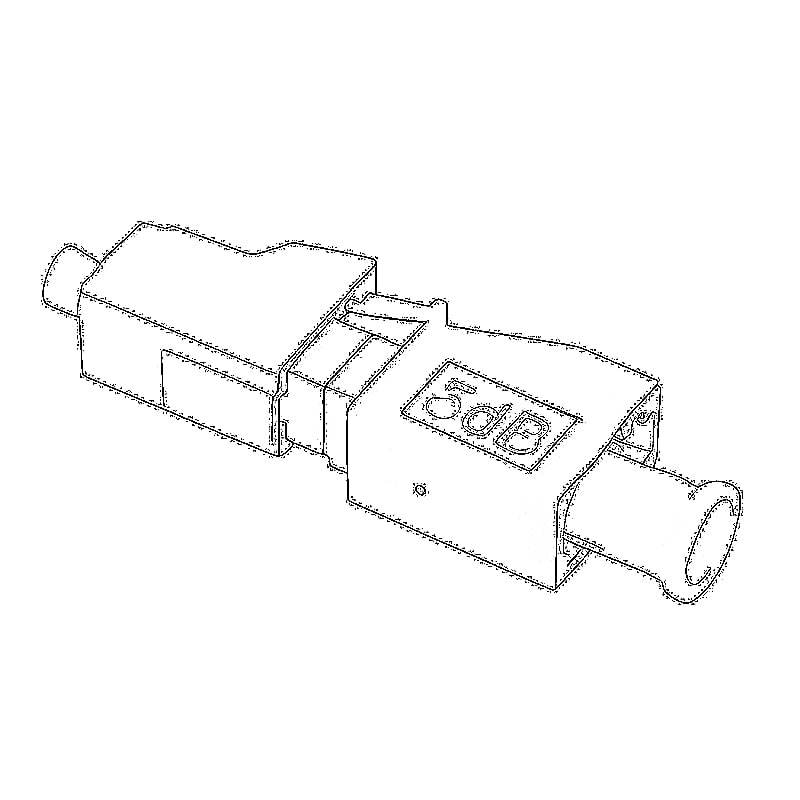
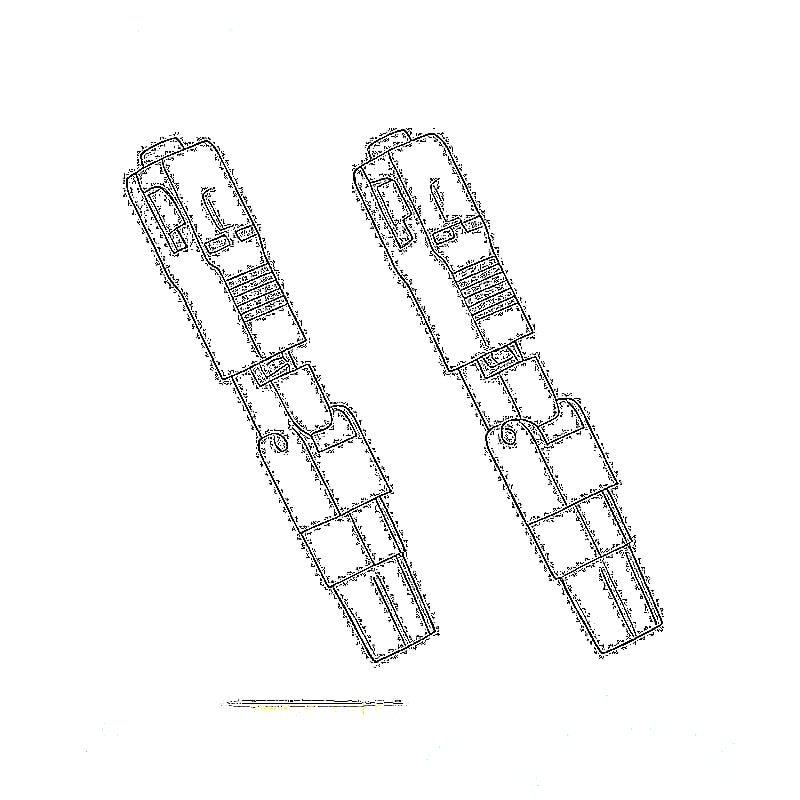
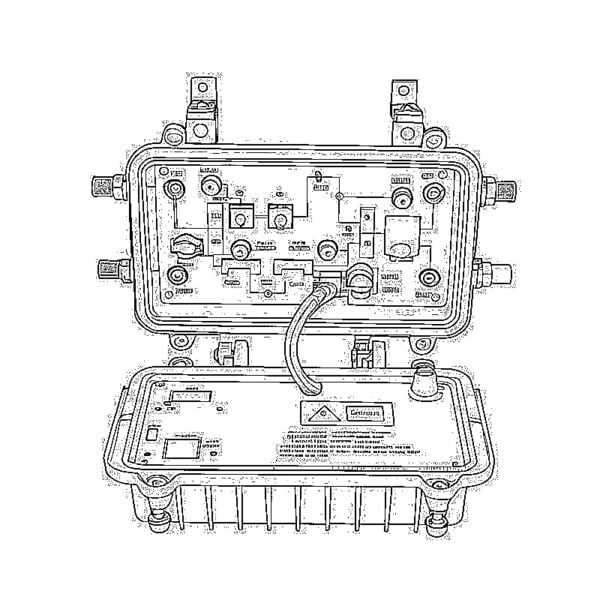
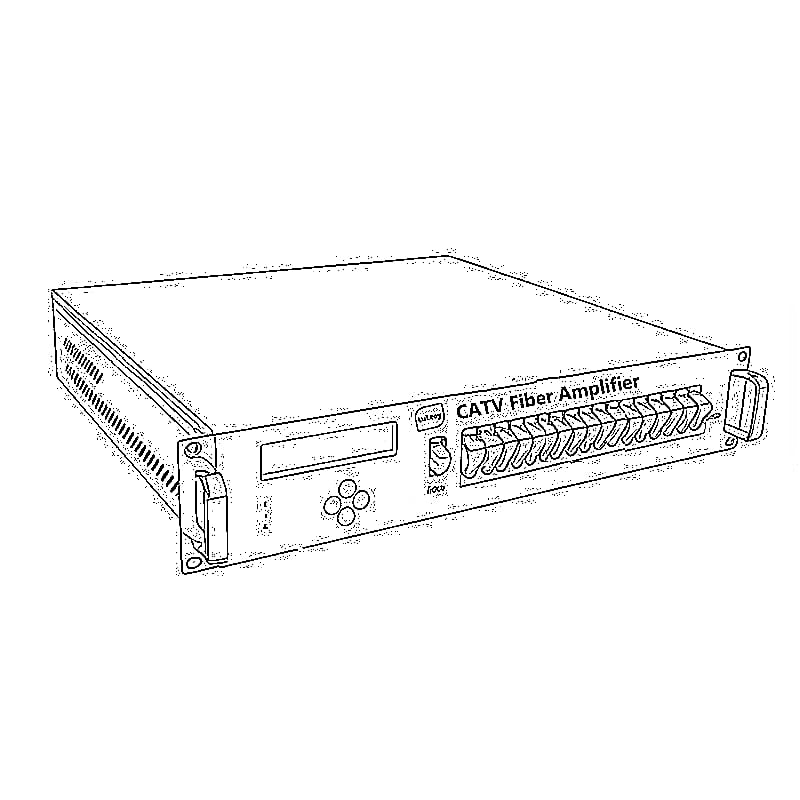
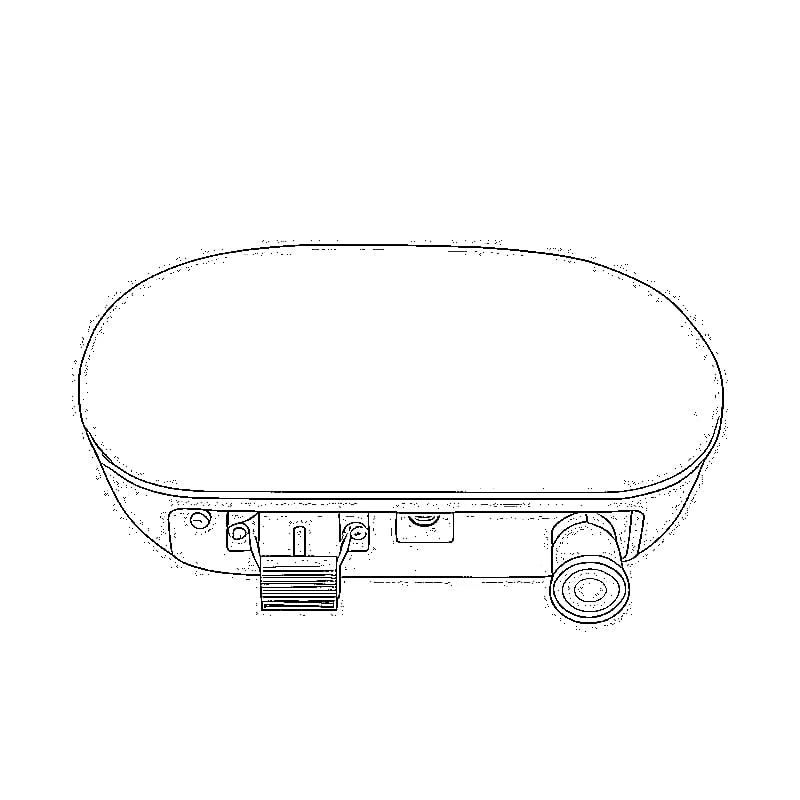
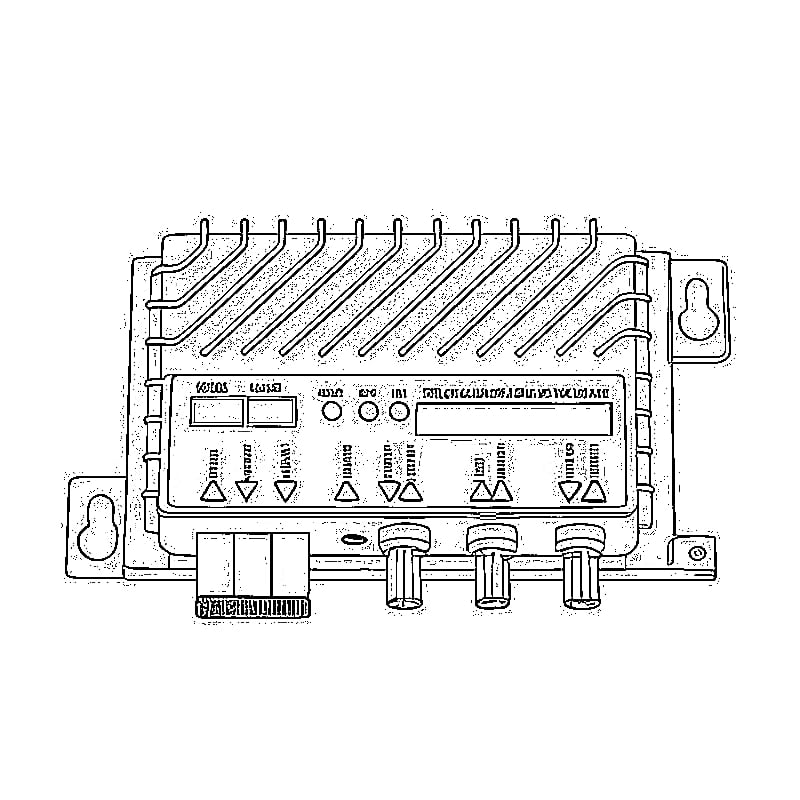

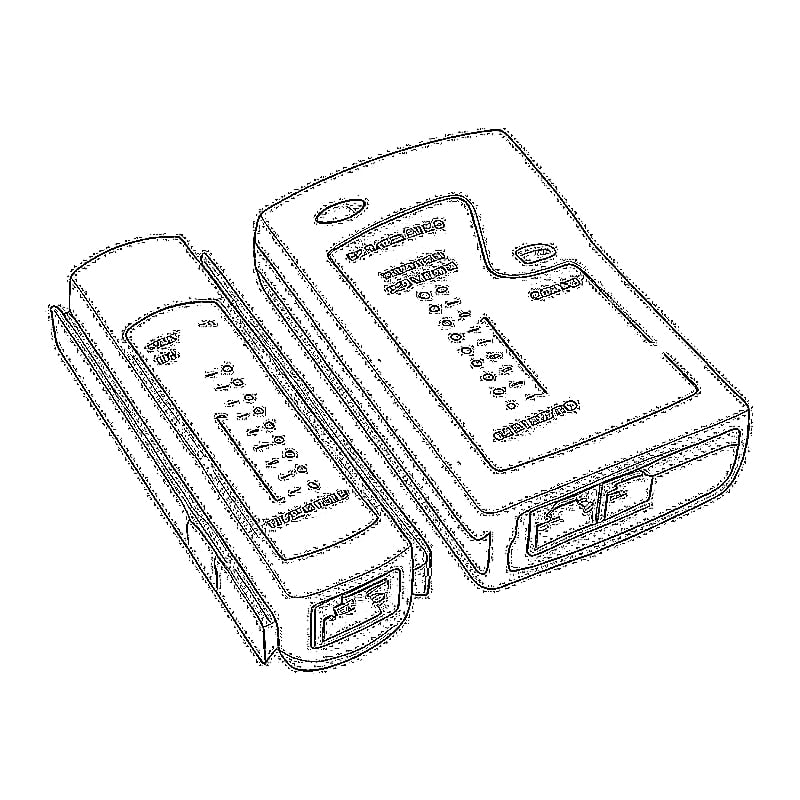
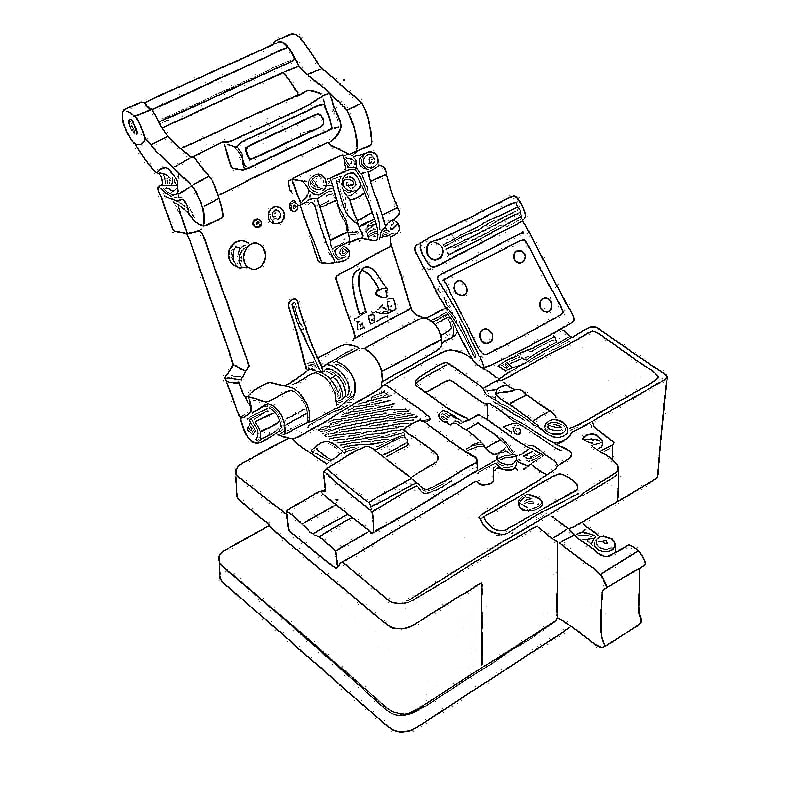
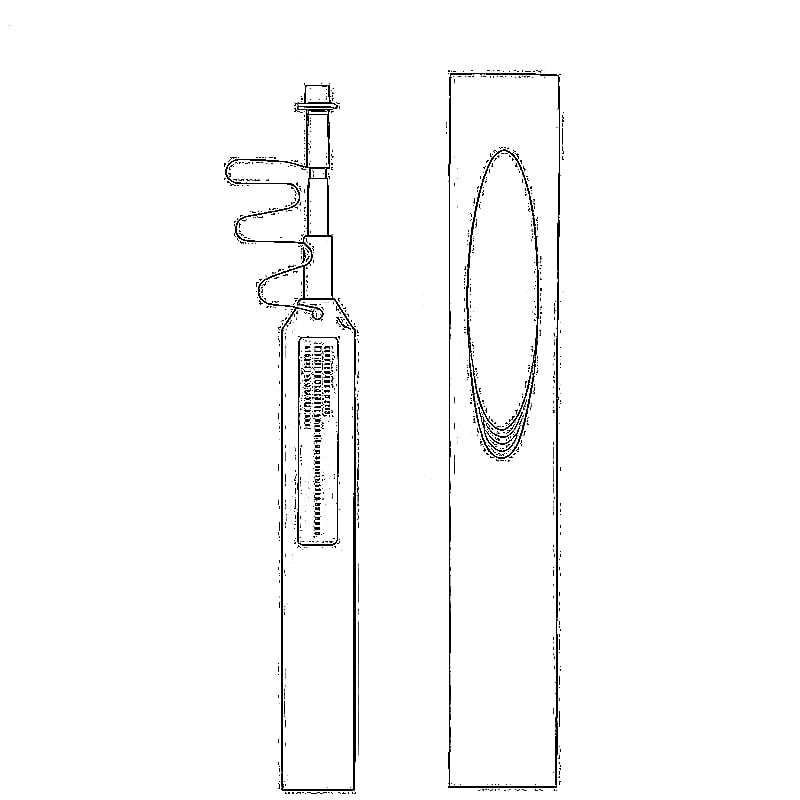
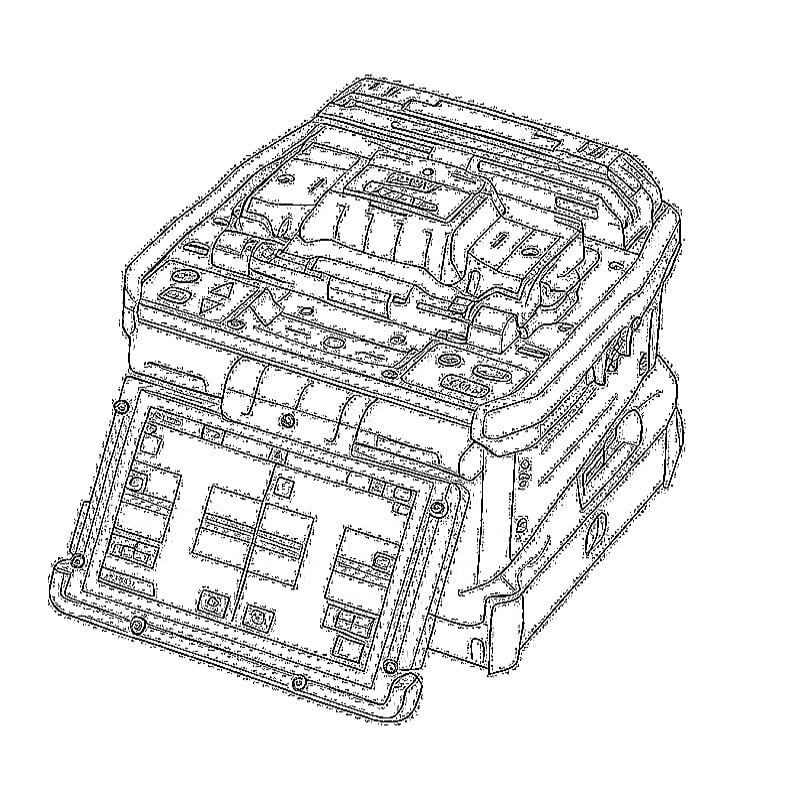
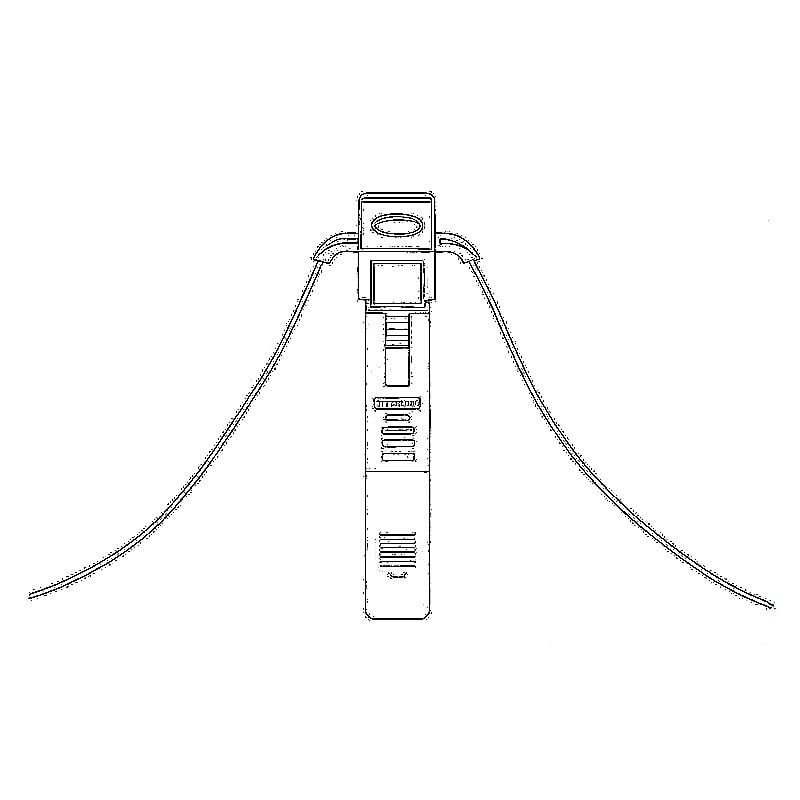
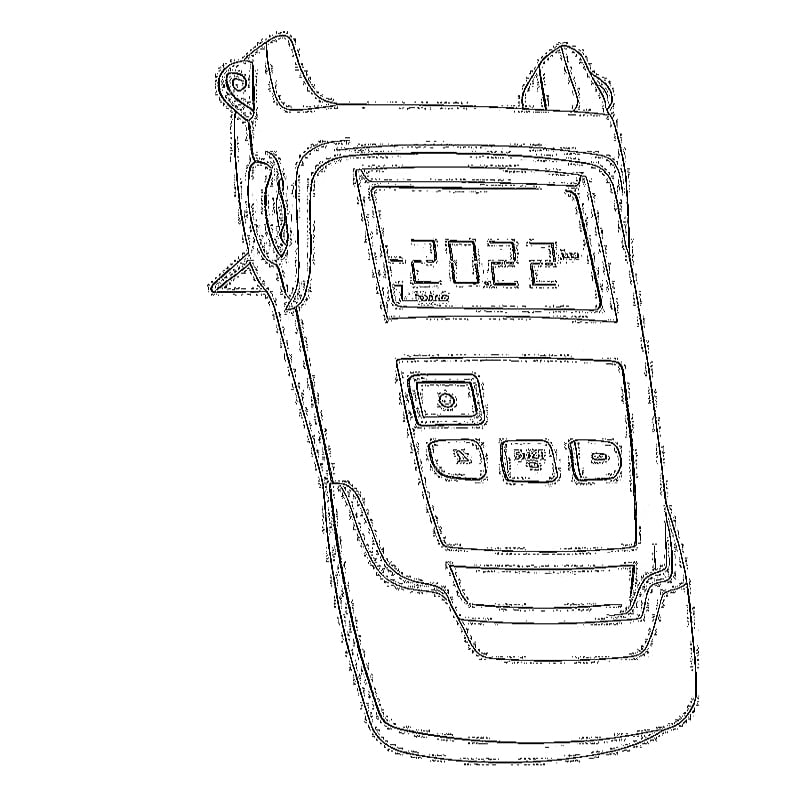

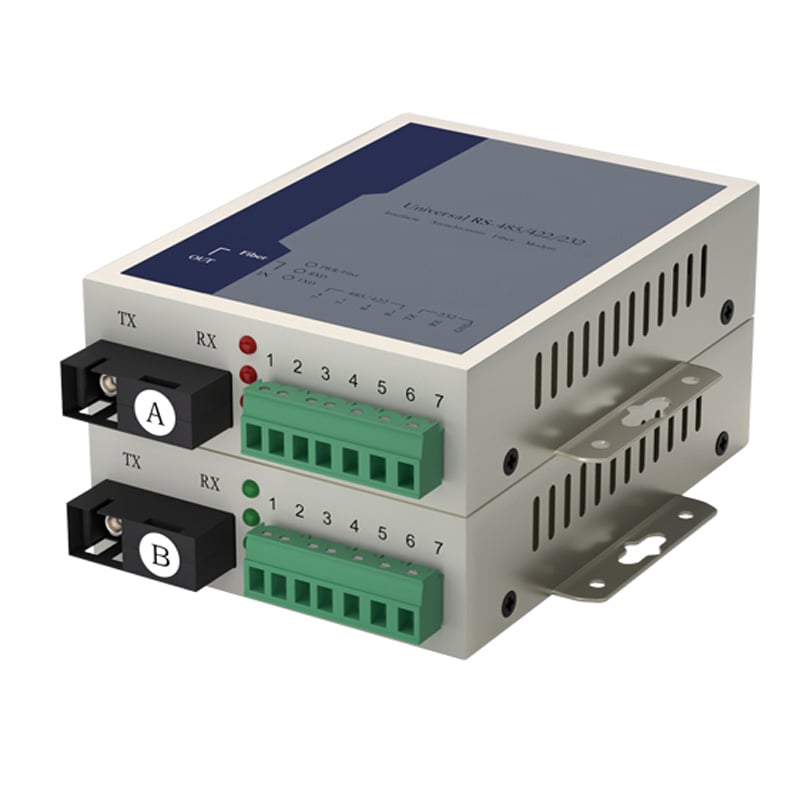
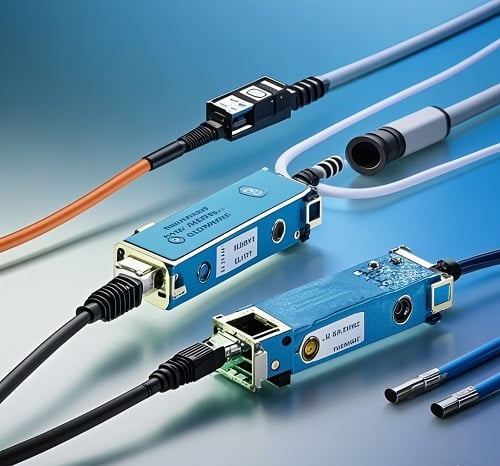
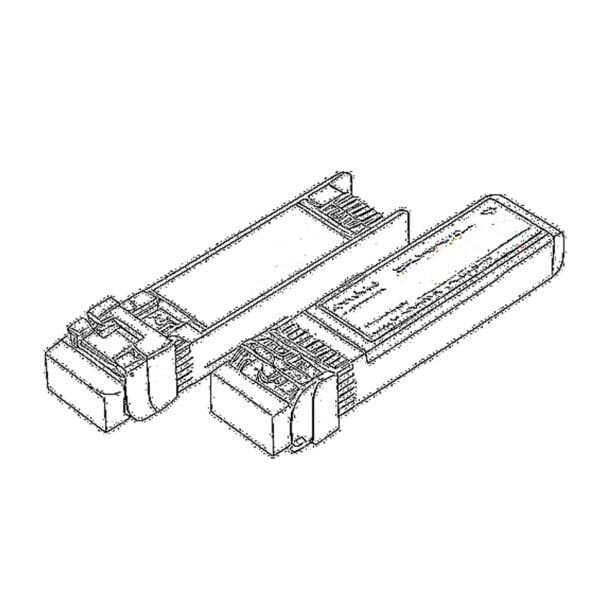 SFP/SFP+ (1G/2,5G/5G/10G)
SFP/SFP+ (1G/2,5G/5G/10G)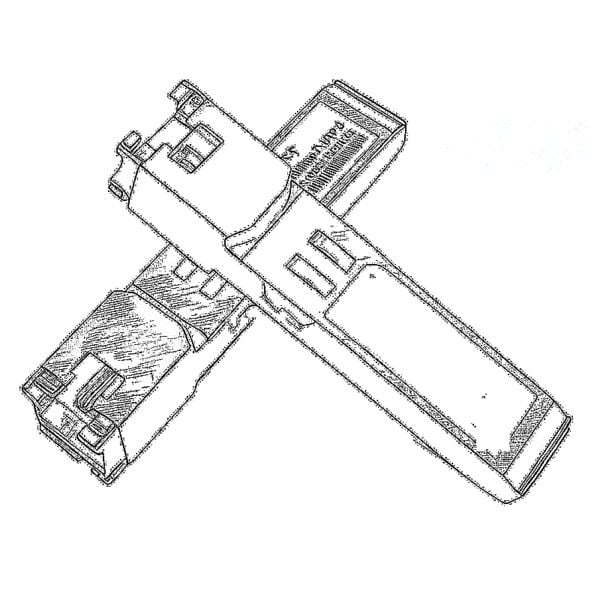 SFP-T (1G/2,5G/10G)
SFP-T (1G/2,5G/10G)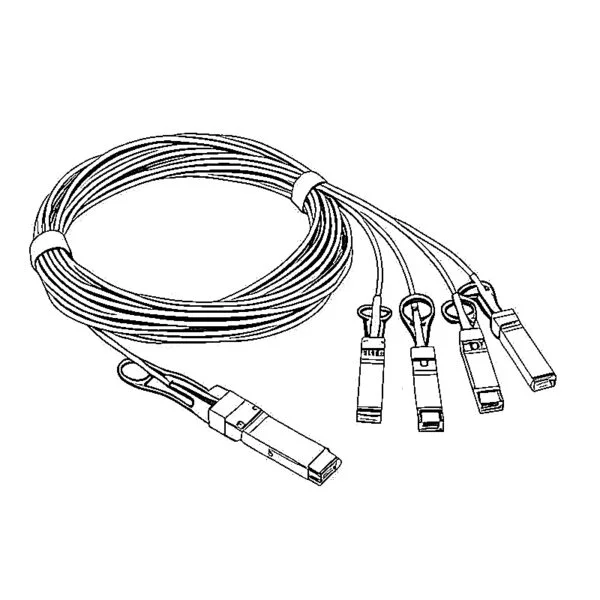 Cable AOC 10G/25G/40G/100G
Cable AOC 10G/25G/40G/100G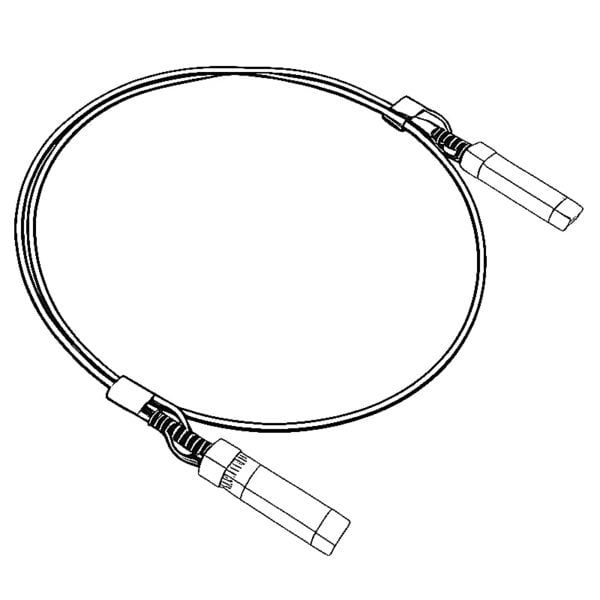 Cable DAC 10G/25G/40G/100G
Cable DAC 10G/25G/40G/100G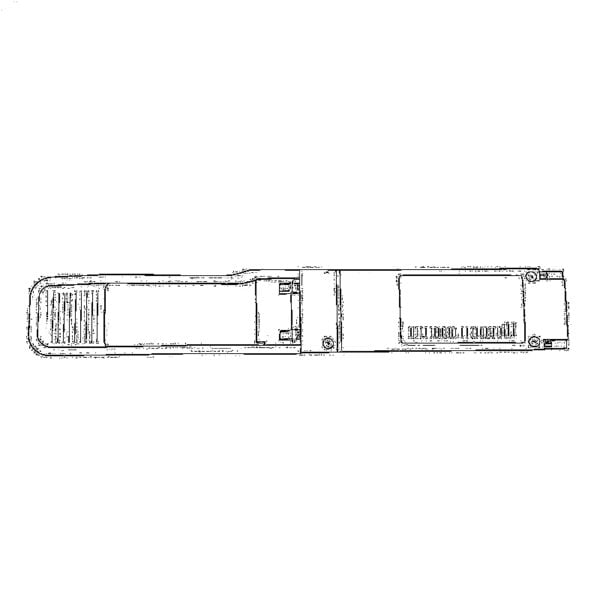 QSFP28 QSFP+ SFP28 100G/40G/25G
QSFP28 QSFP+ SFP28 100G/40G/25G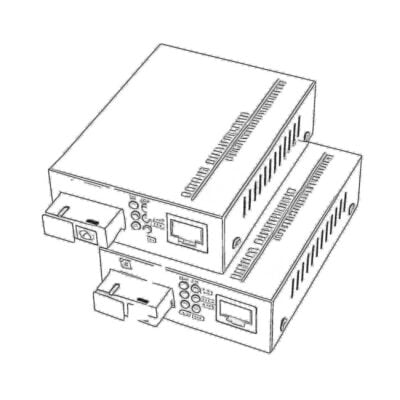 Convertidores de medios de cobre a fibra
Convertidores de medios de cobre a fibra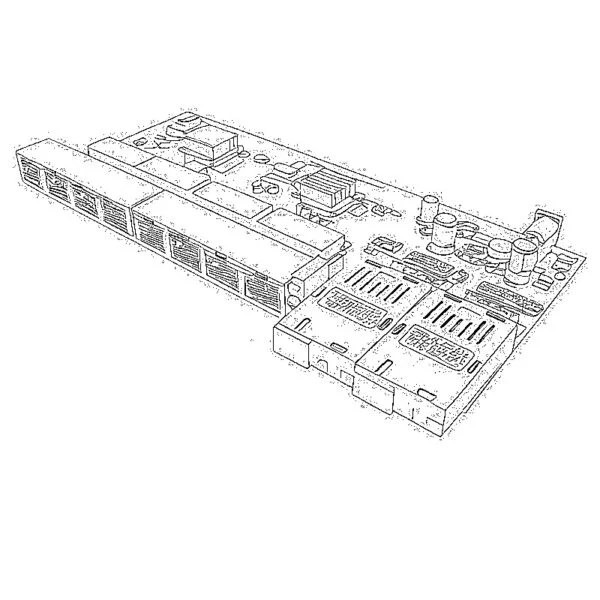 Placa PCBA del convertidor de medios de fibra
Placa PCBA del convertidor de medios de fibra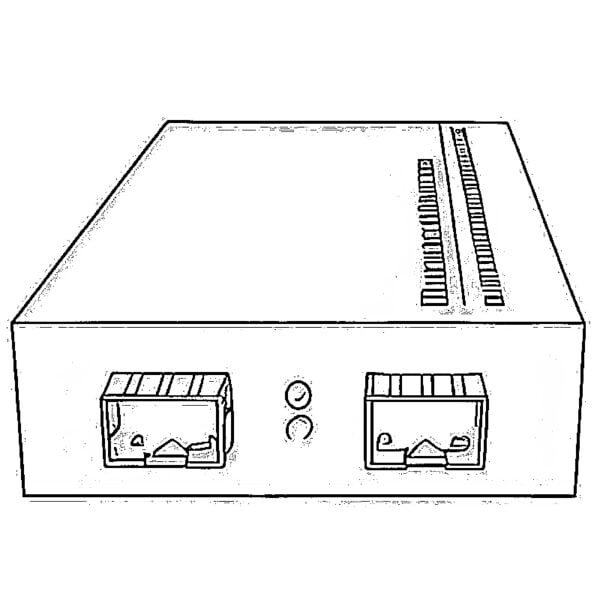 Convertidores de medios de fibra OEO
Convertidores de medios de fibra OEO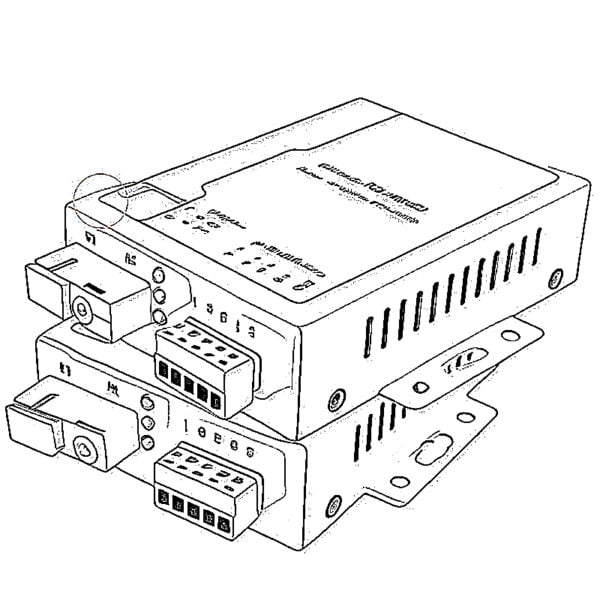 Convertidores de medios de serie a fibra
Convertidores de medios de serie a fibra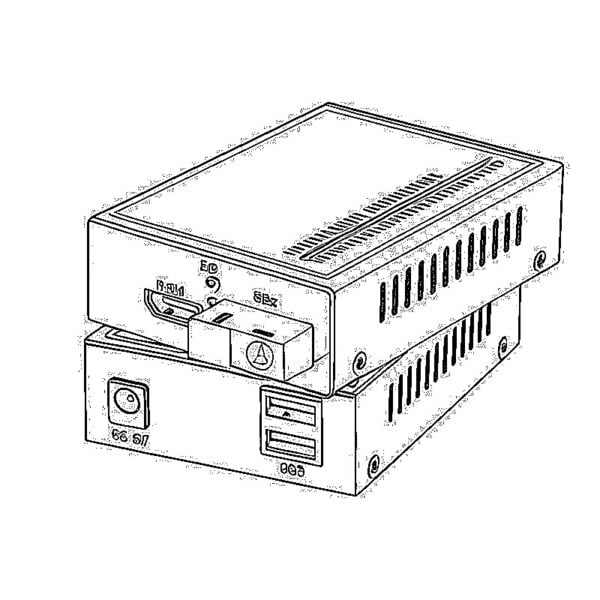 Convertidores de vídeo a medios de fibra
Convertidores de vídeo a medios de fibra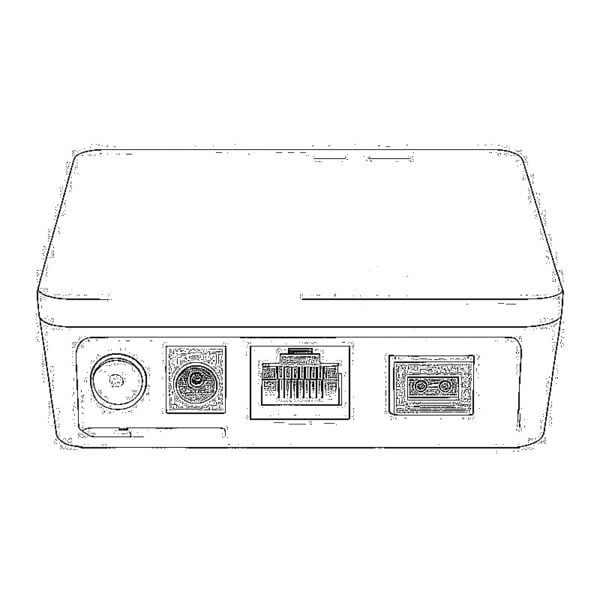 1000M GPON/EPON ONU
1000M GPON/EPON ONU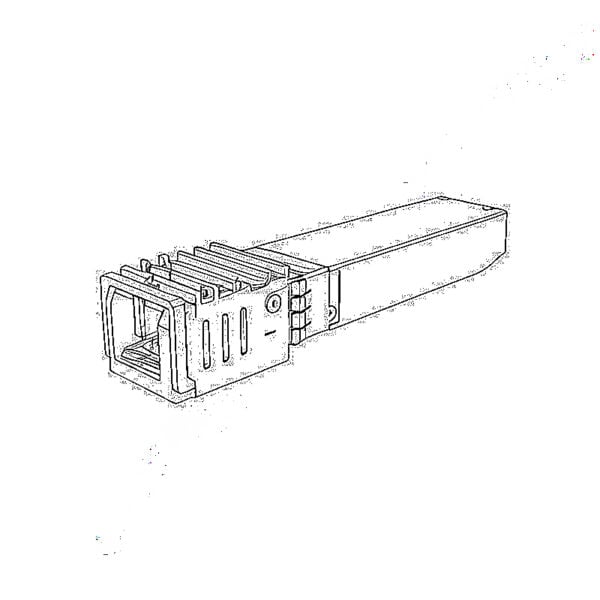 10G EPON ONU/XG-PON/XGS-PON
10G EPON ONU/XG-PON/XGS-PON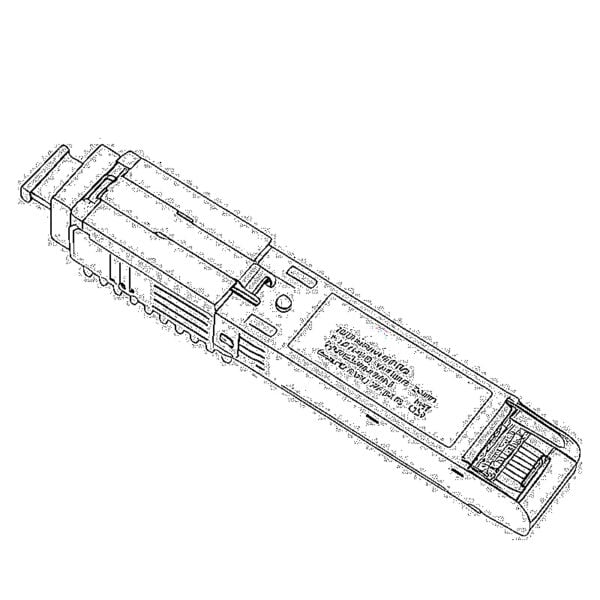 2.5G GPON/XPON STICK SFP ONU
2.5G GPON/XPON STICK SFP ONU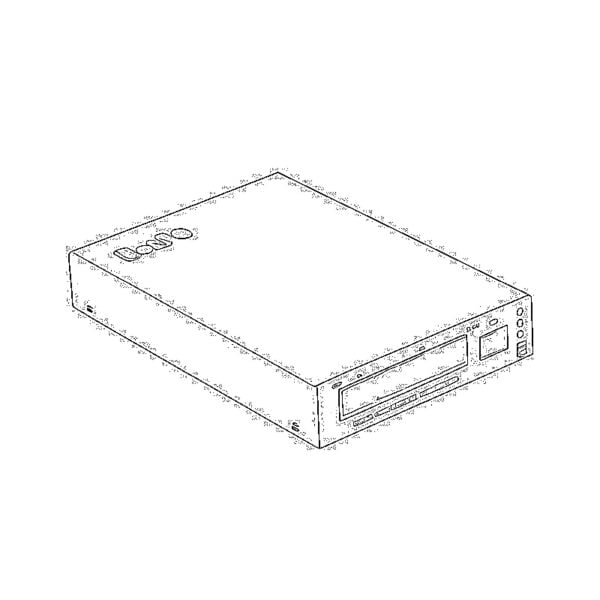 POE GPON/EPON ONU
POE GPON/EPON ONU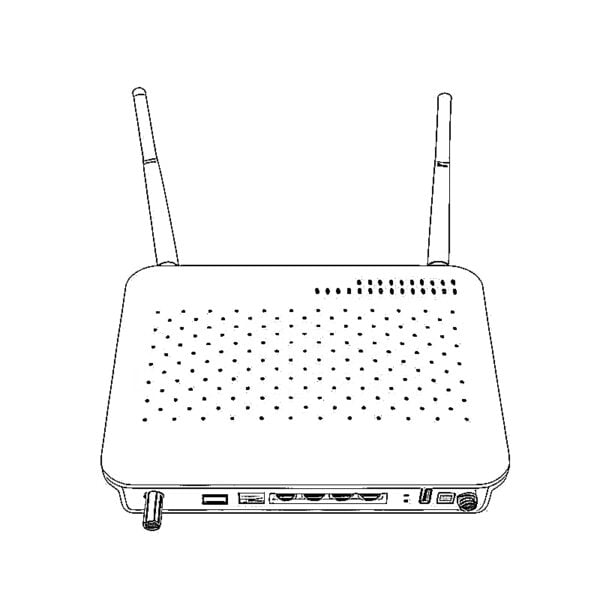 ONT inalámbrica GPON/EPON
ONT inalámbrica GPON/EPON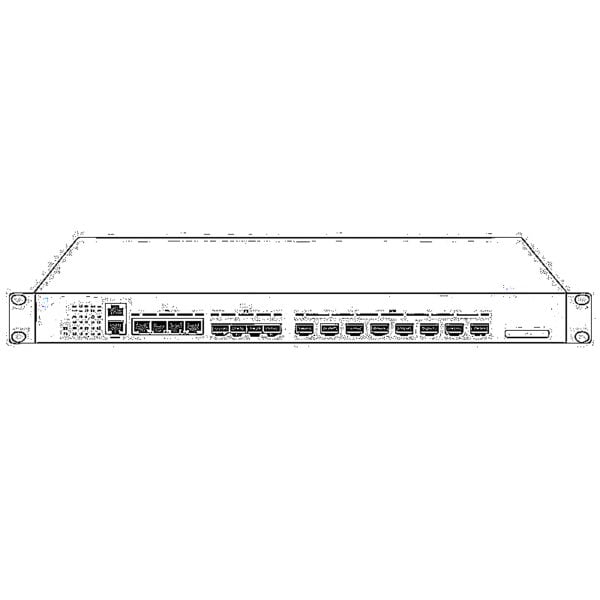 EPON OLT
EPON OLT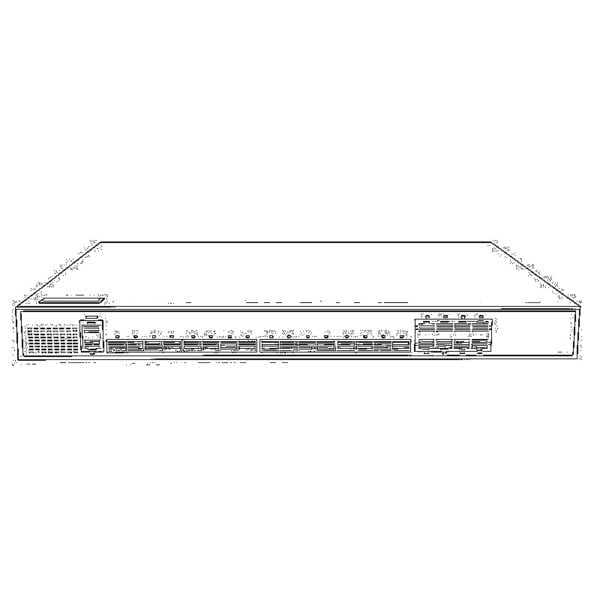 OLT GPON
OLT GPON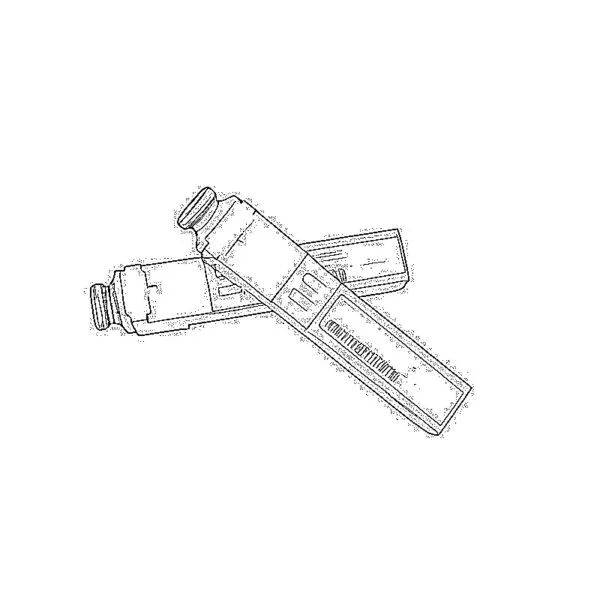 Módulo SFP PON
Módulo SFP PON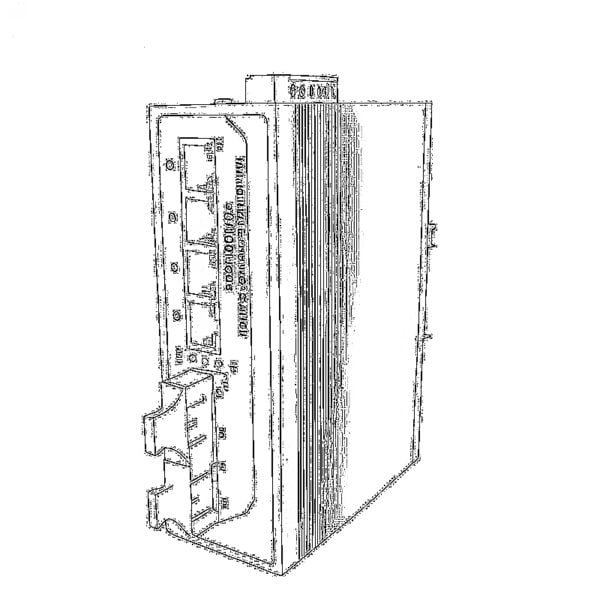 Interruptores industriales
Interruptores industriales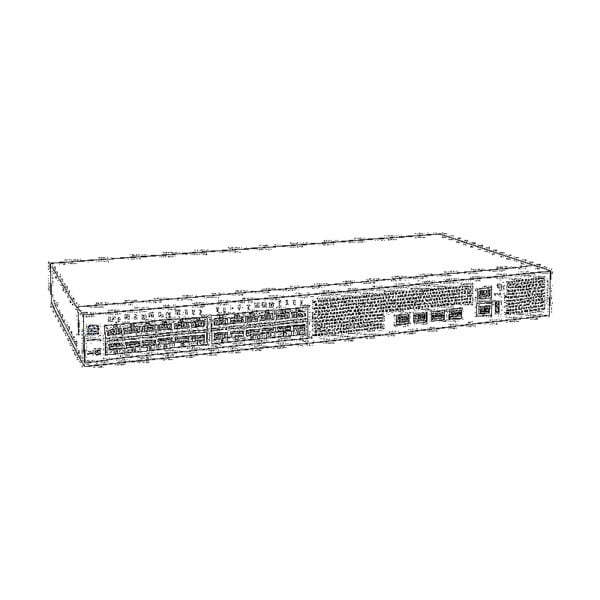 Conmutadores administrados
Conmutadores administrados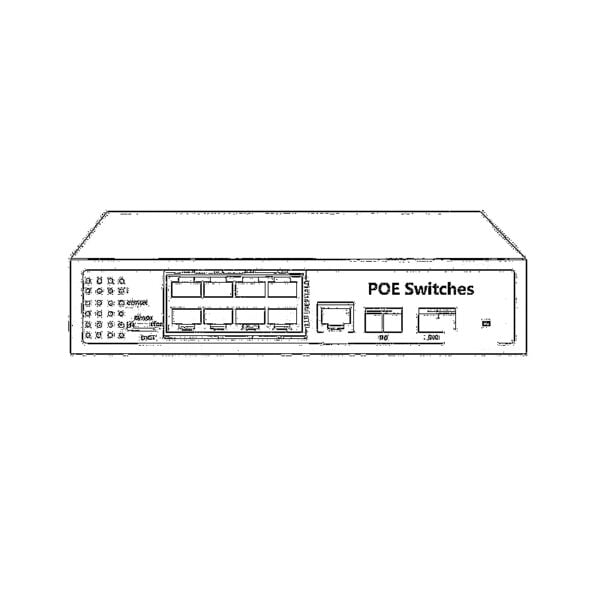 Conmutadores POE
Conmutadores POE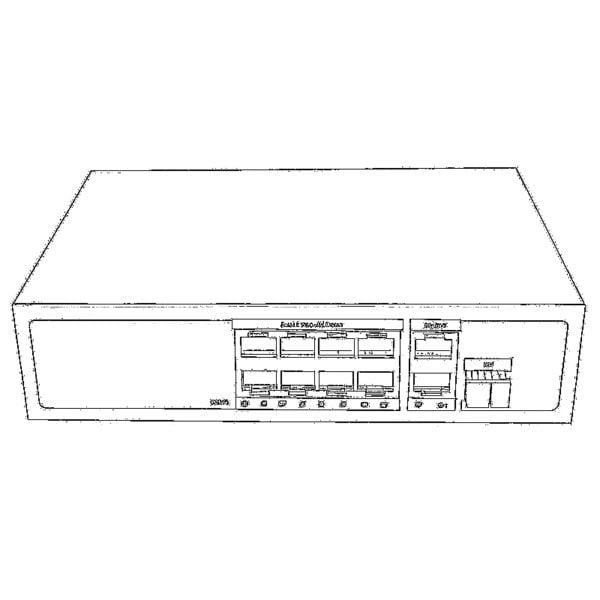 Conmutadores no administrados
Conmutadores no administrados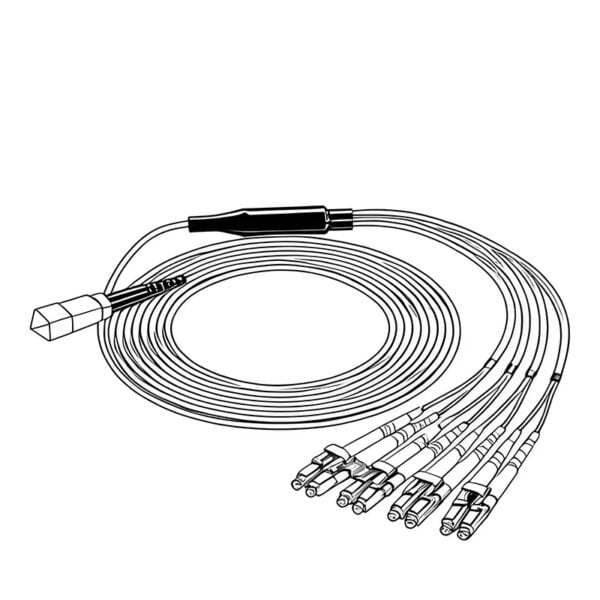 Cables de fibra MTP/MPO
Cables de fibra MTP/MPO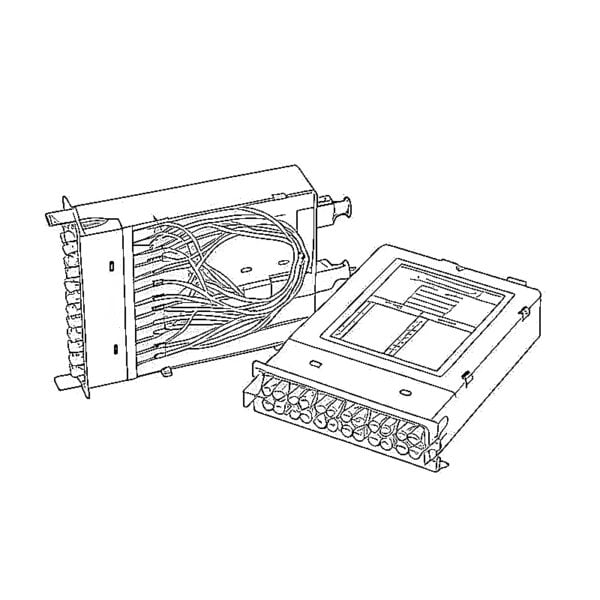 Casetes de fibra óptica
Casetes de fibra óptica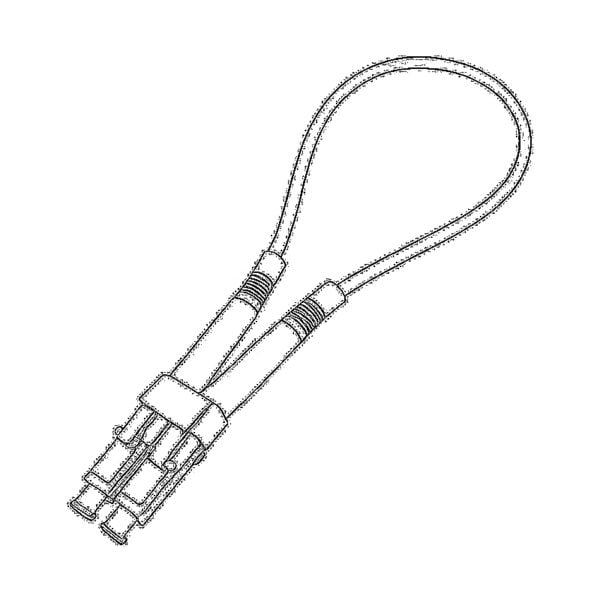 Bucle de fibra óptica
Bucle de fibra óptica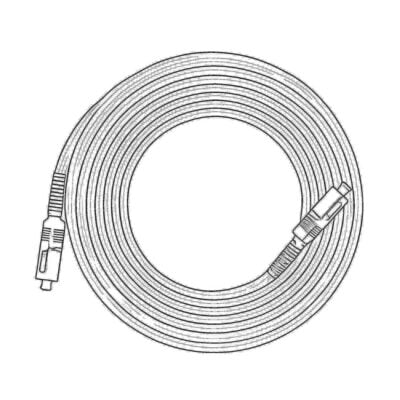 Cables ópticos y pigtails de fibra
Cables ópticos y pigtails de fibra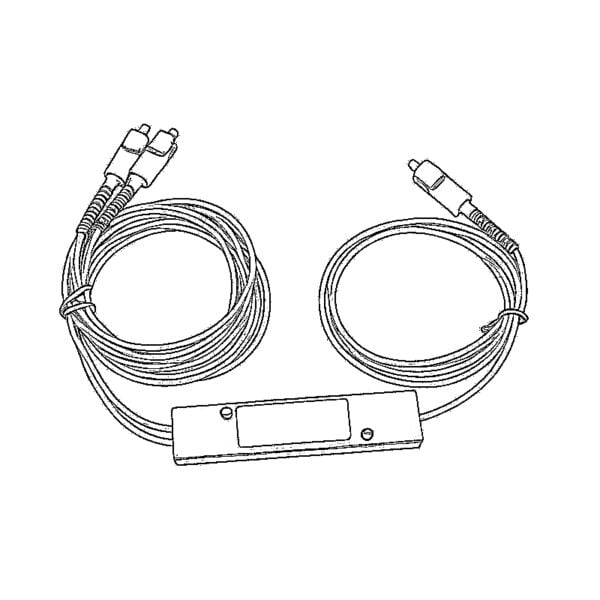 Divisores ópticos y caja divisora
Divisores ópticos y caja divisora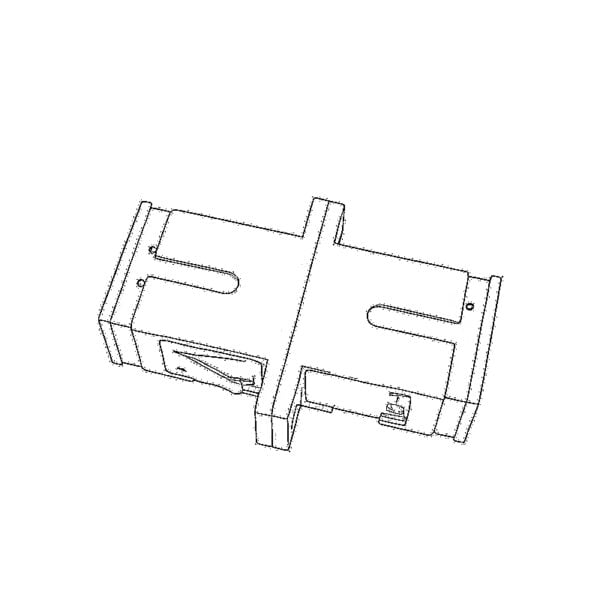 Conectores de brida de fibra
Conectores de brida de fibra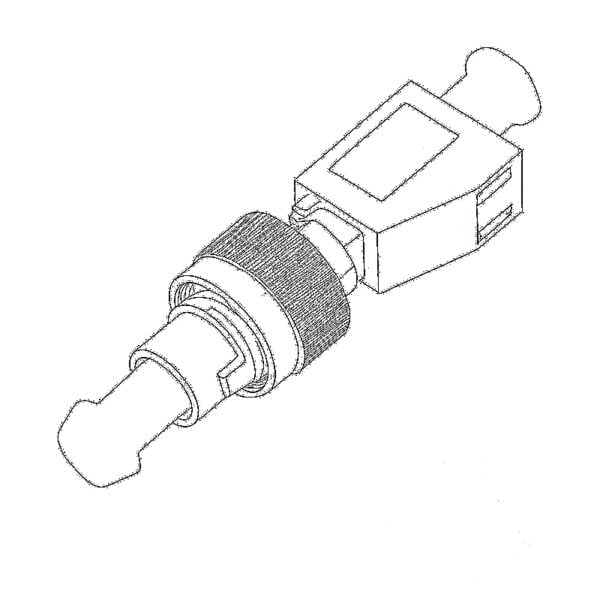 Adaptadores ópticos
Adaptadores ópticos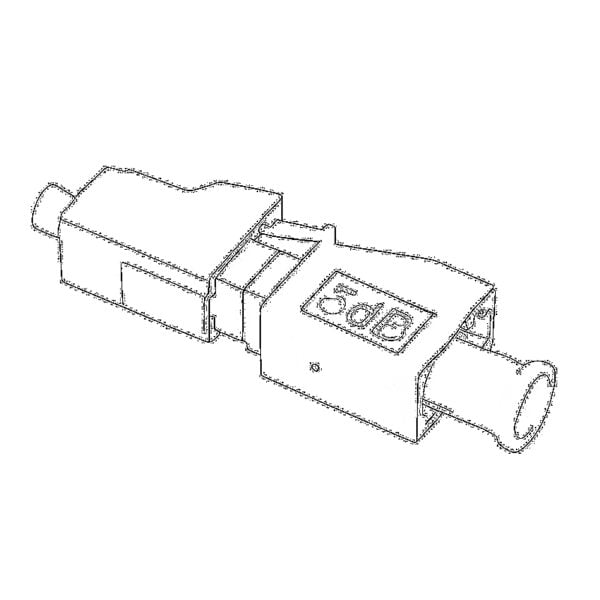 Atenuador óptico
Atenuador óptico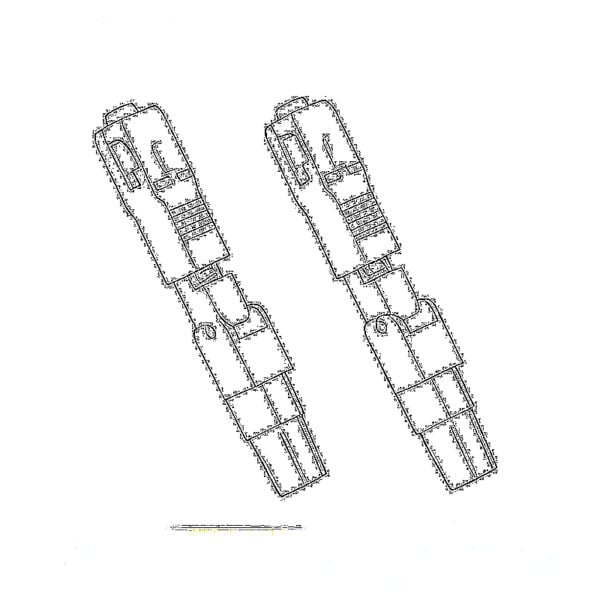 Conector rápido y panel de conectores
Conector rápido y panel de conectores Amplificador de televisión por cable
Amplificador de televisión por cable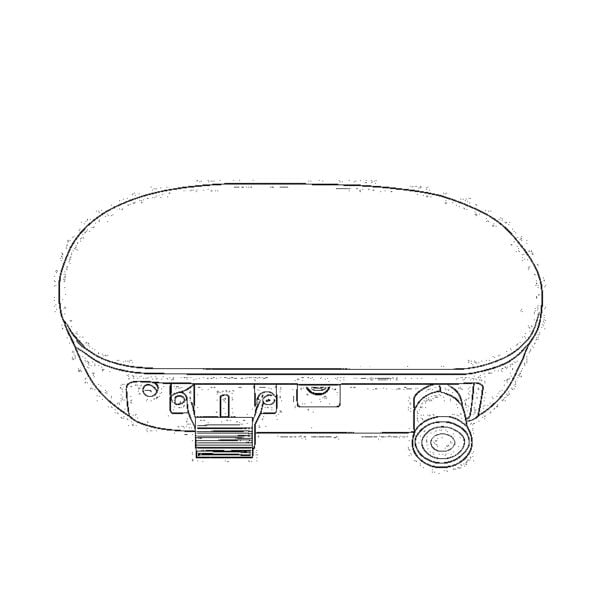 Receptor óptico CATV
Receptor óptico CATV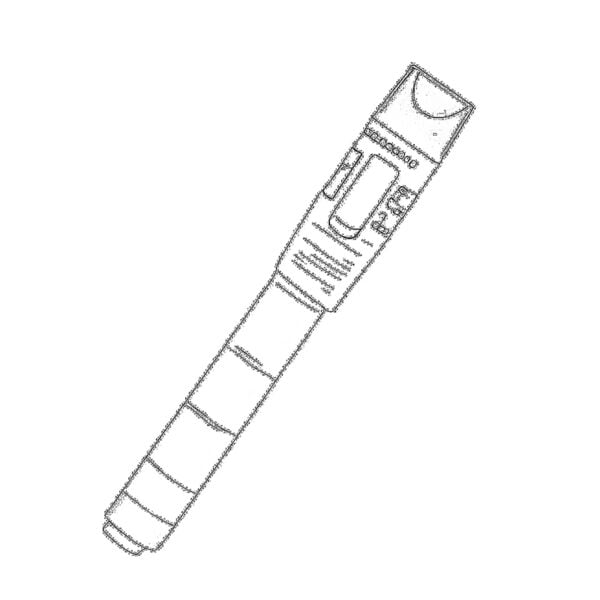 Localizador visual de fallas
Localizador visual de fallas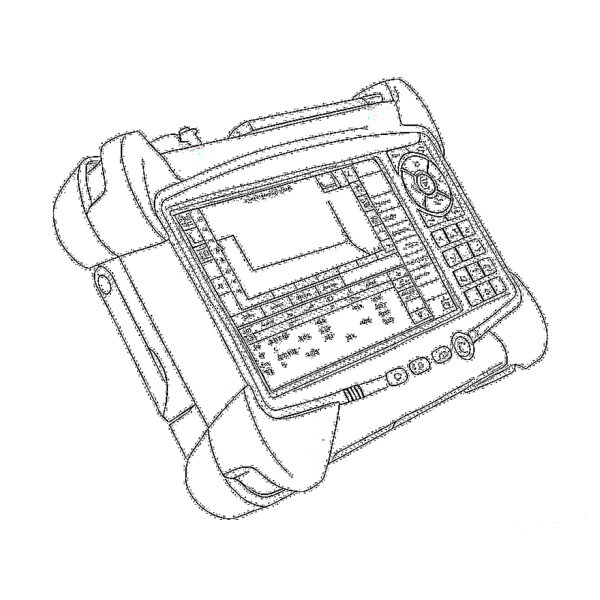 OTDR
OTDR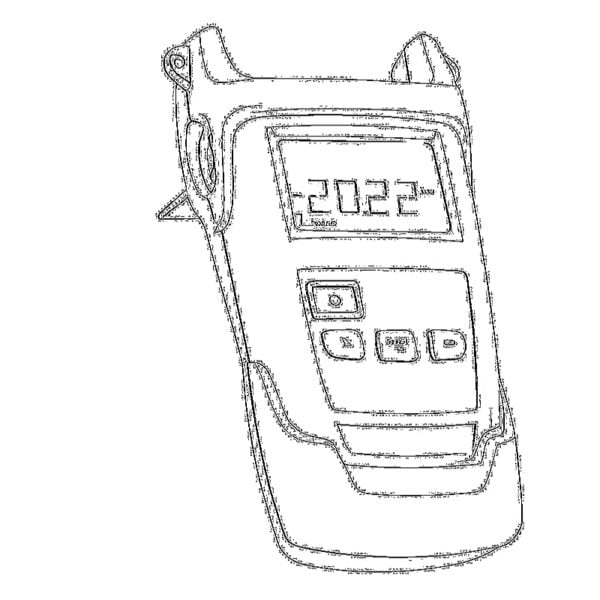 Medidor de potencia óptica
Medidor de potencia óptica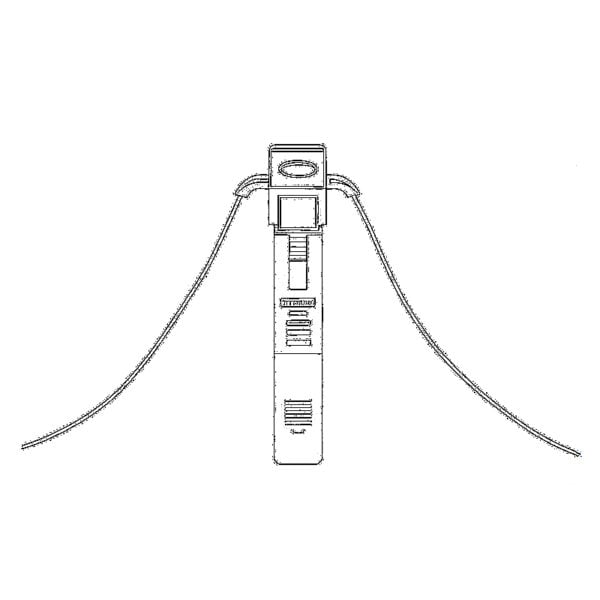 Identificador de fibra óptica
Identificador de fibra óptica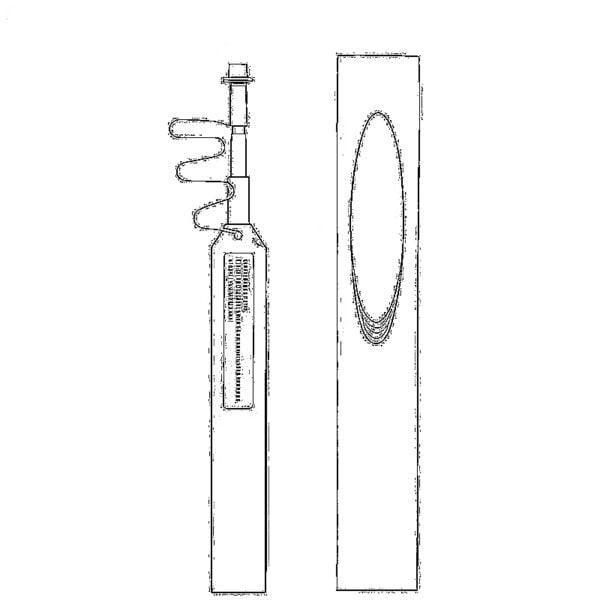 Limpiadores de fibra óptica
Limpiadores de fibra óptica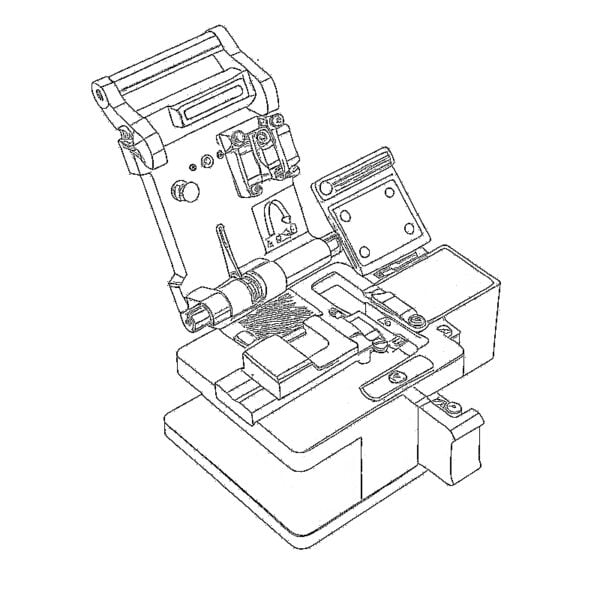 Cuchillas y peladores de fibra
Cuchillas y peladores de fibra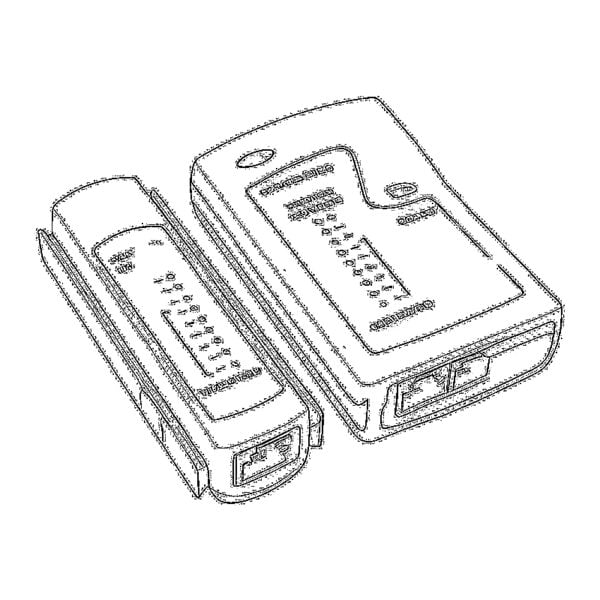 Herramientas de cobre
Herramientas de cobre